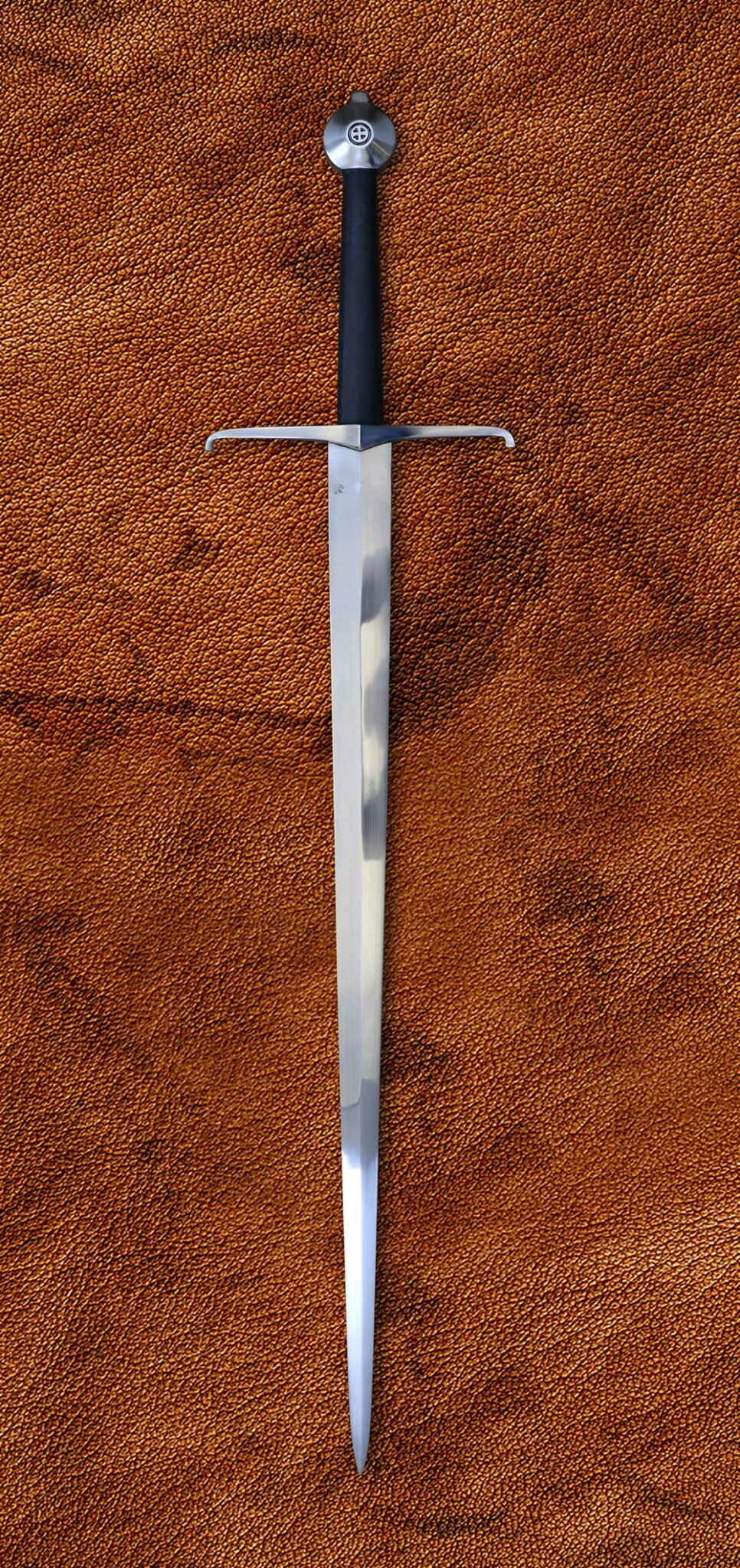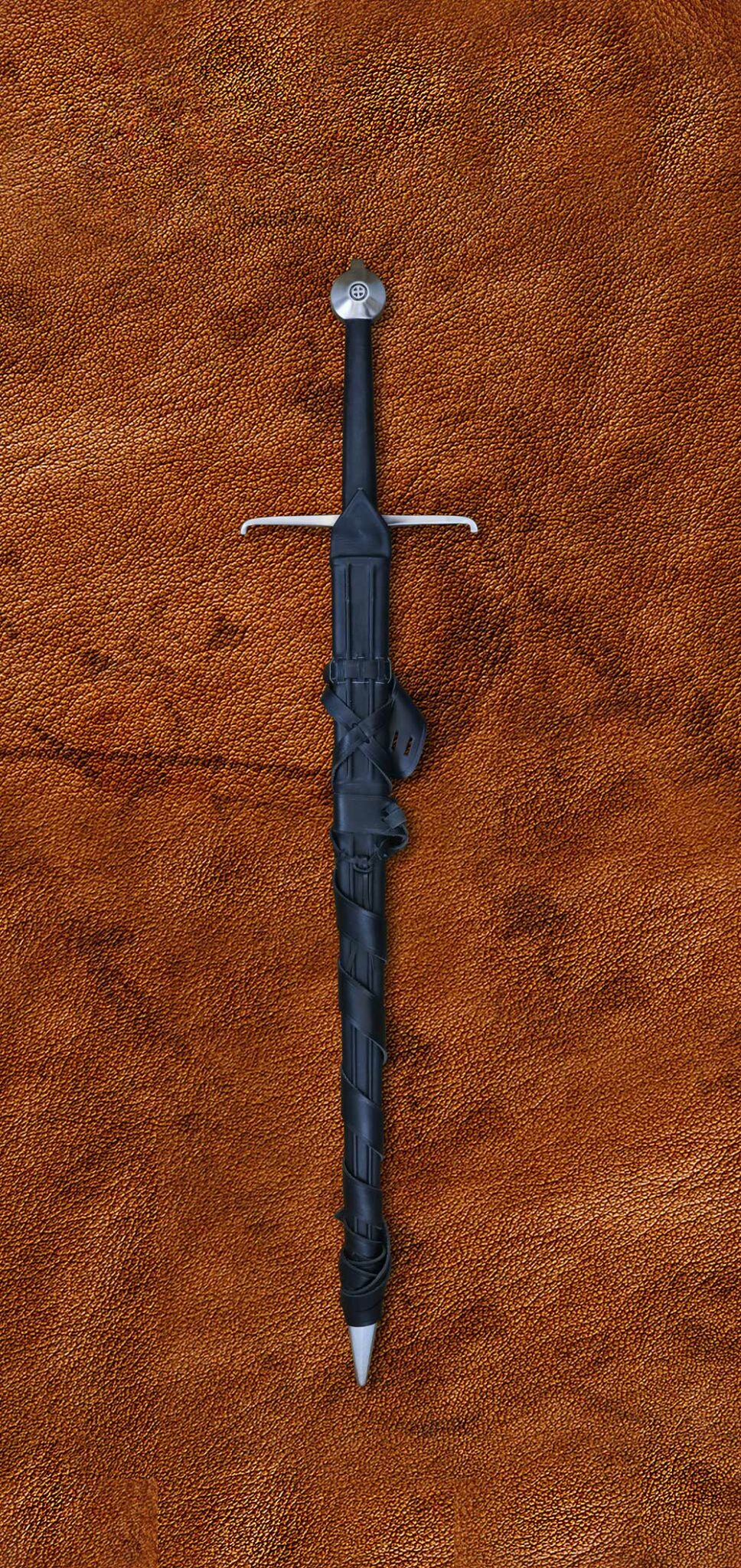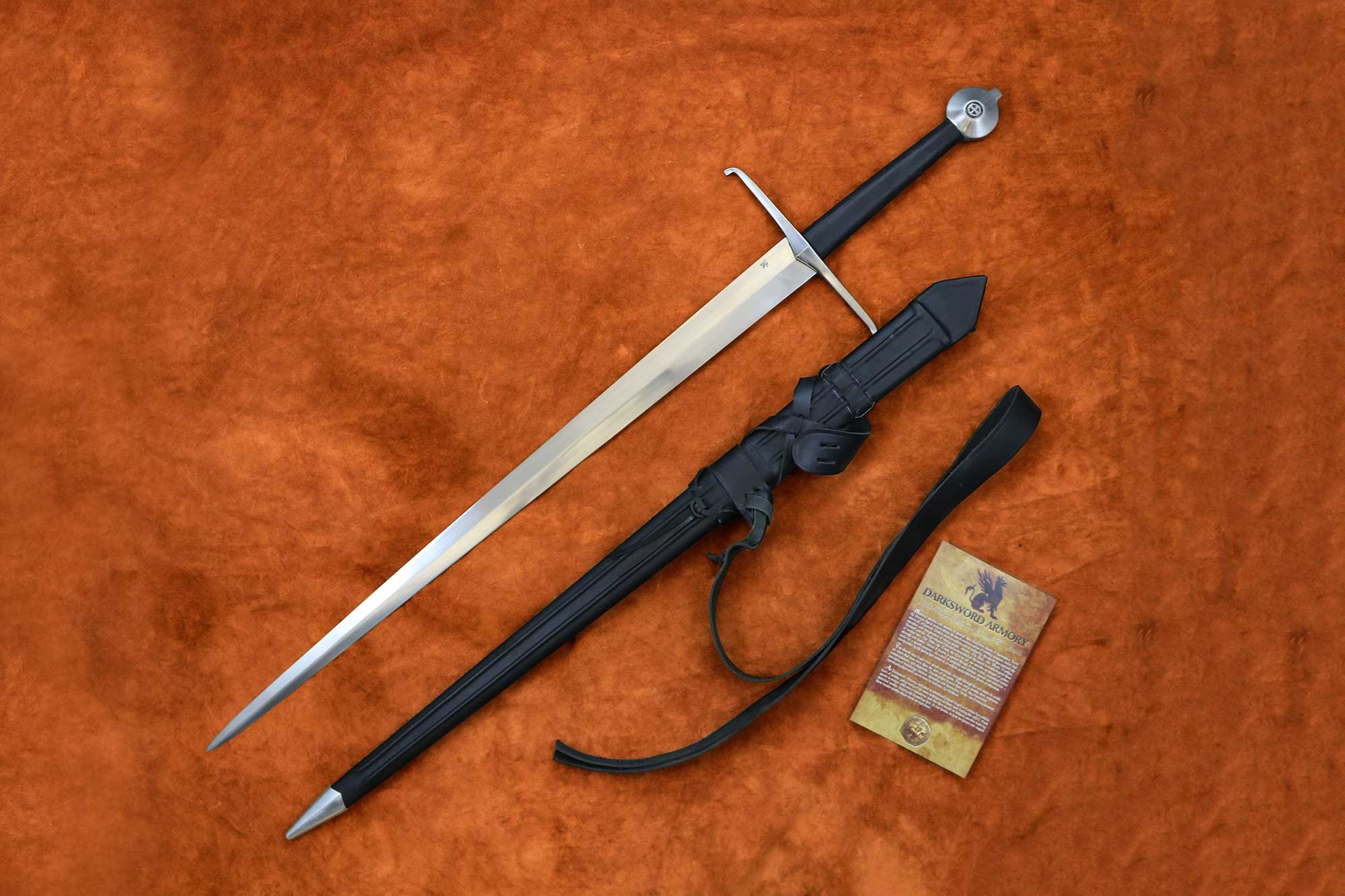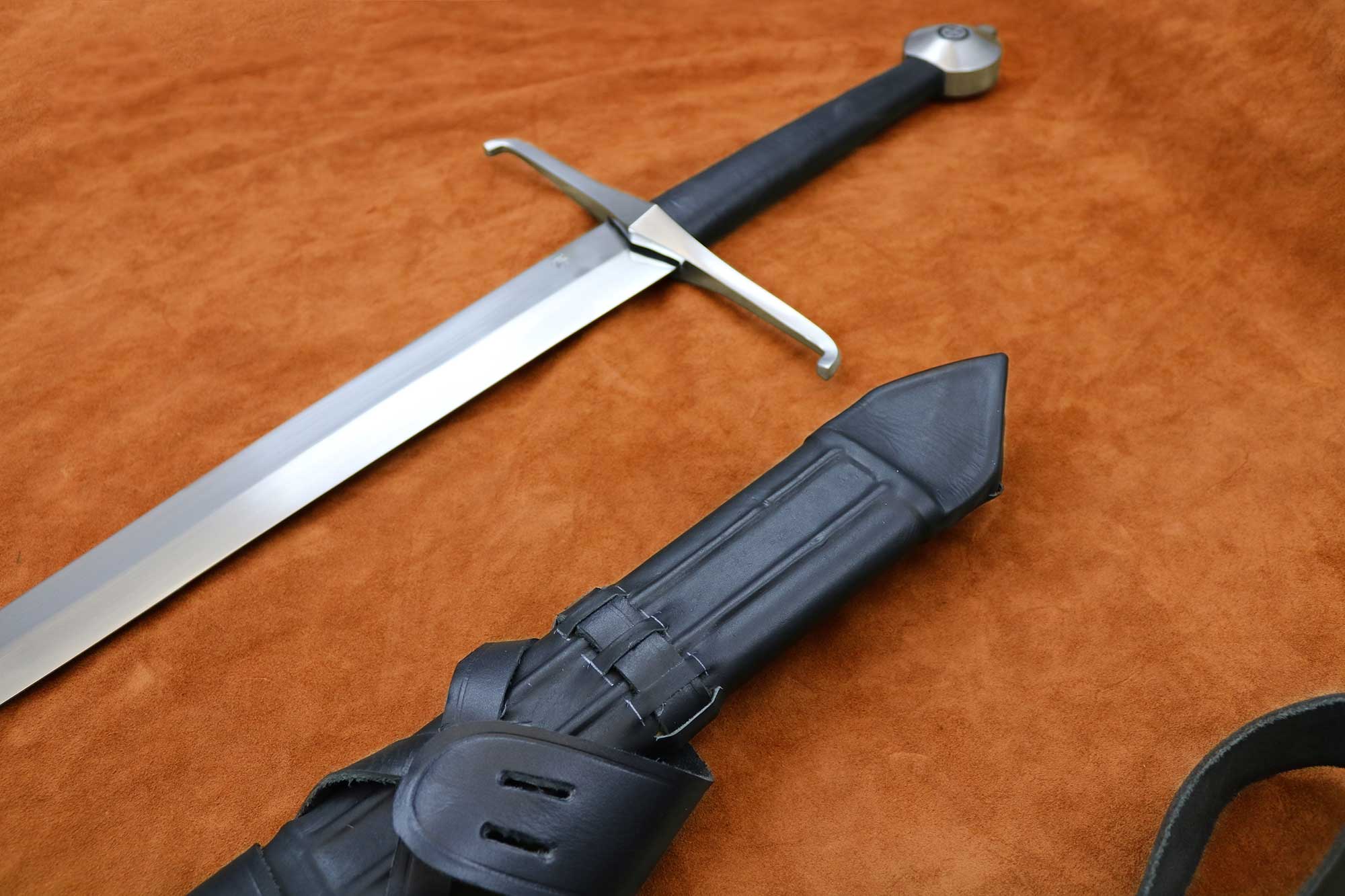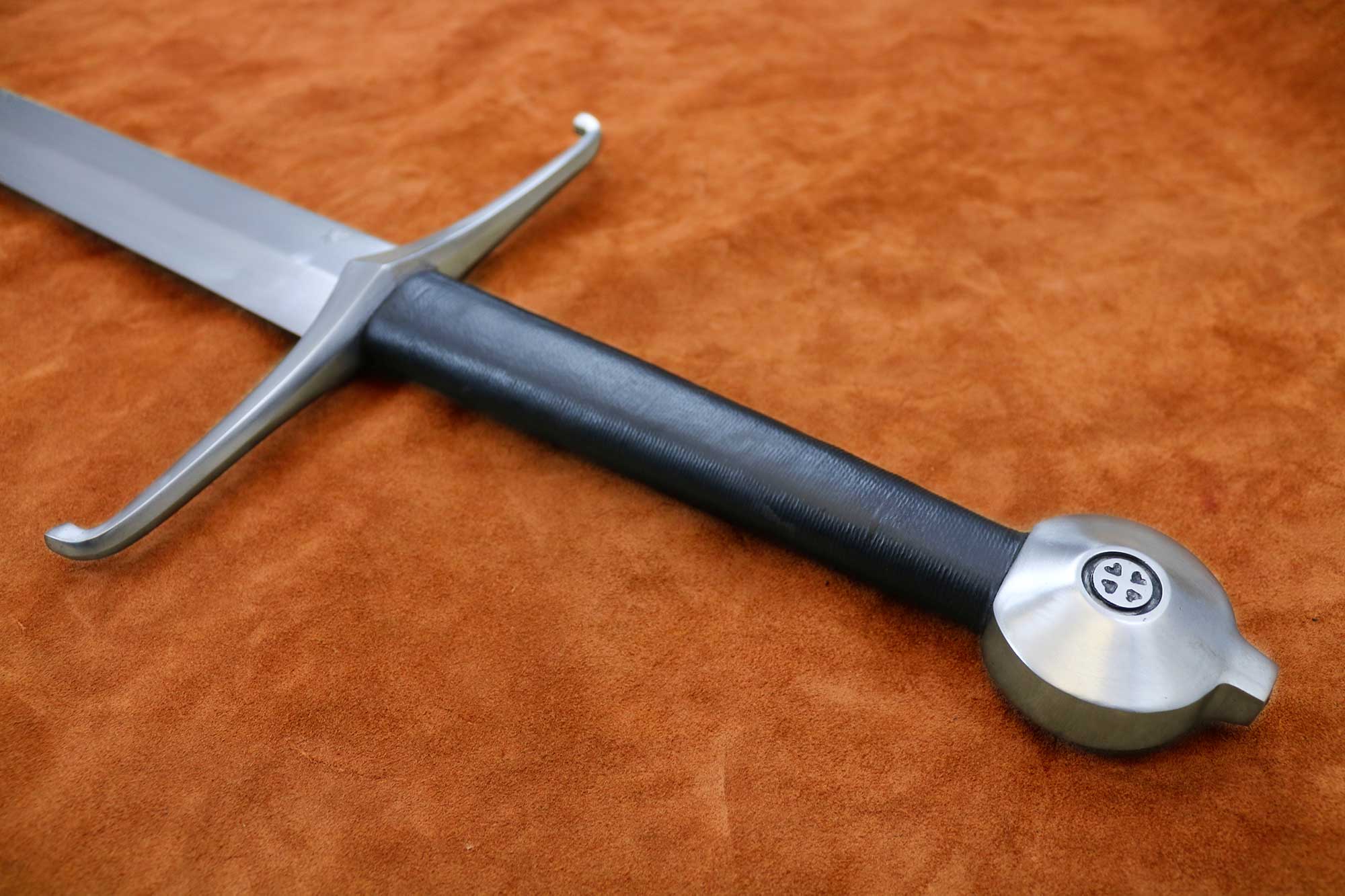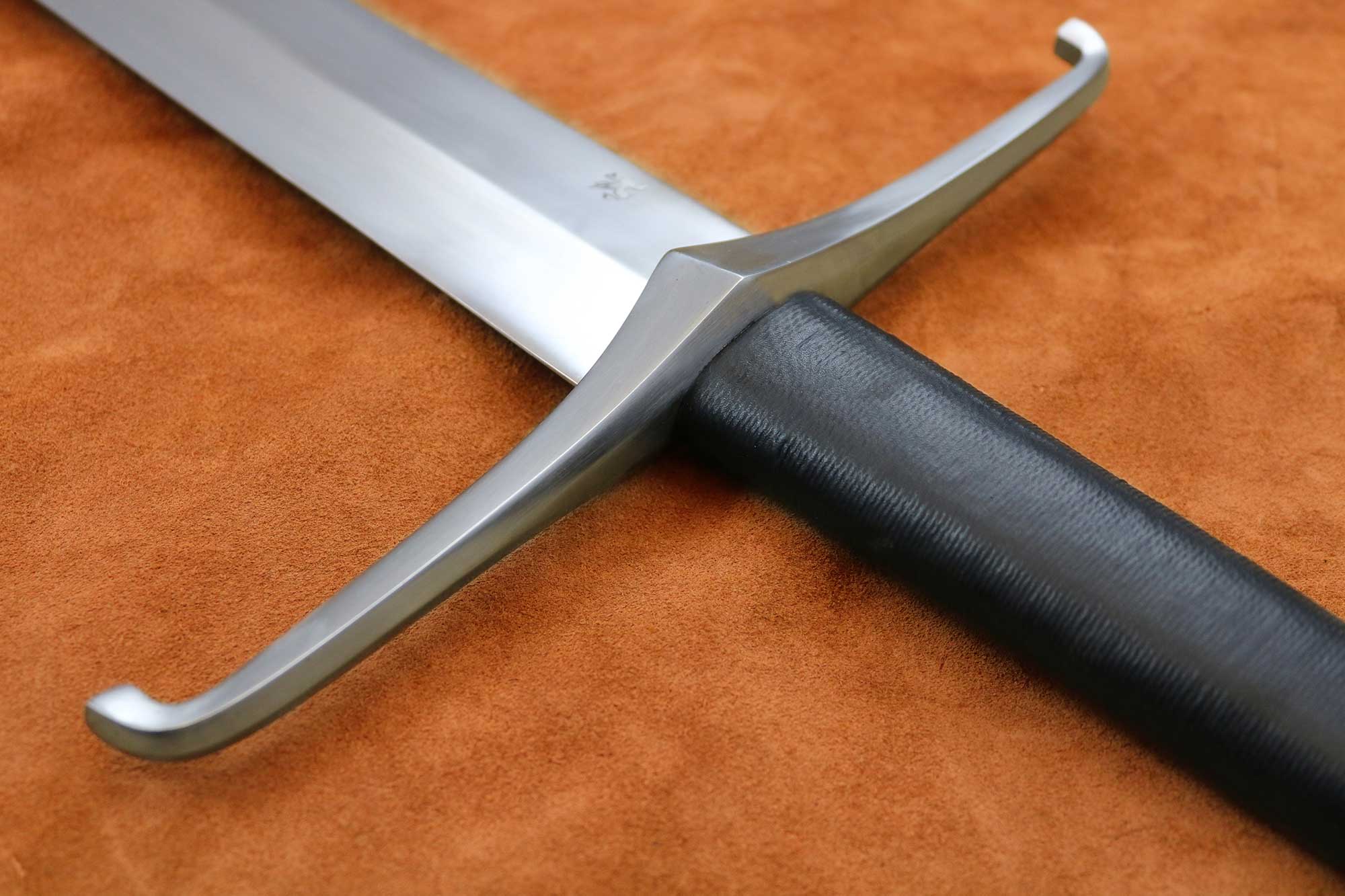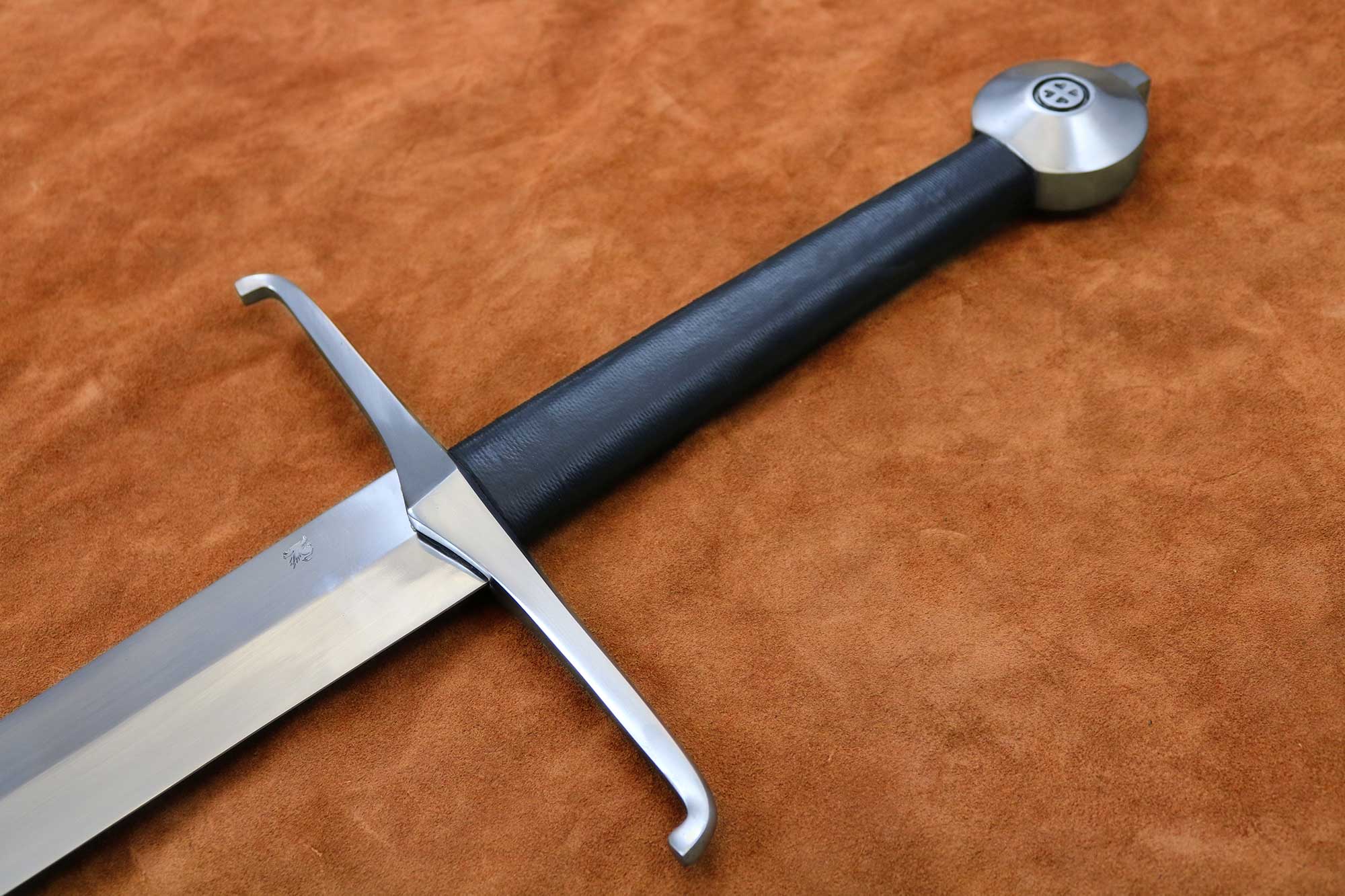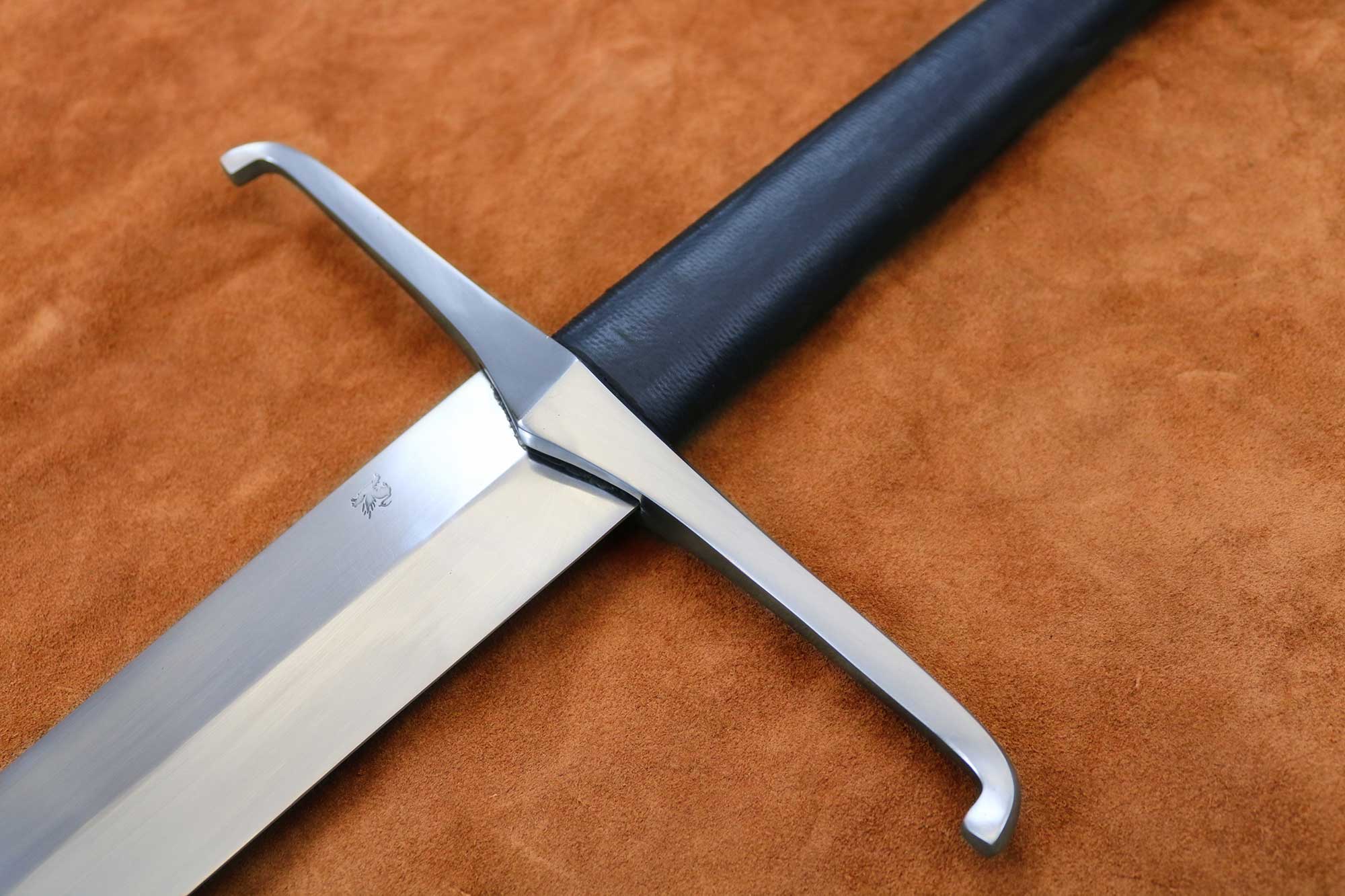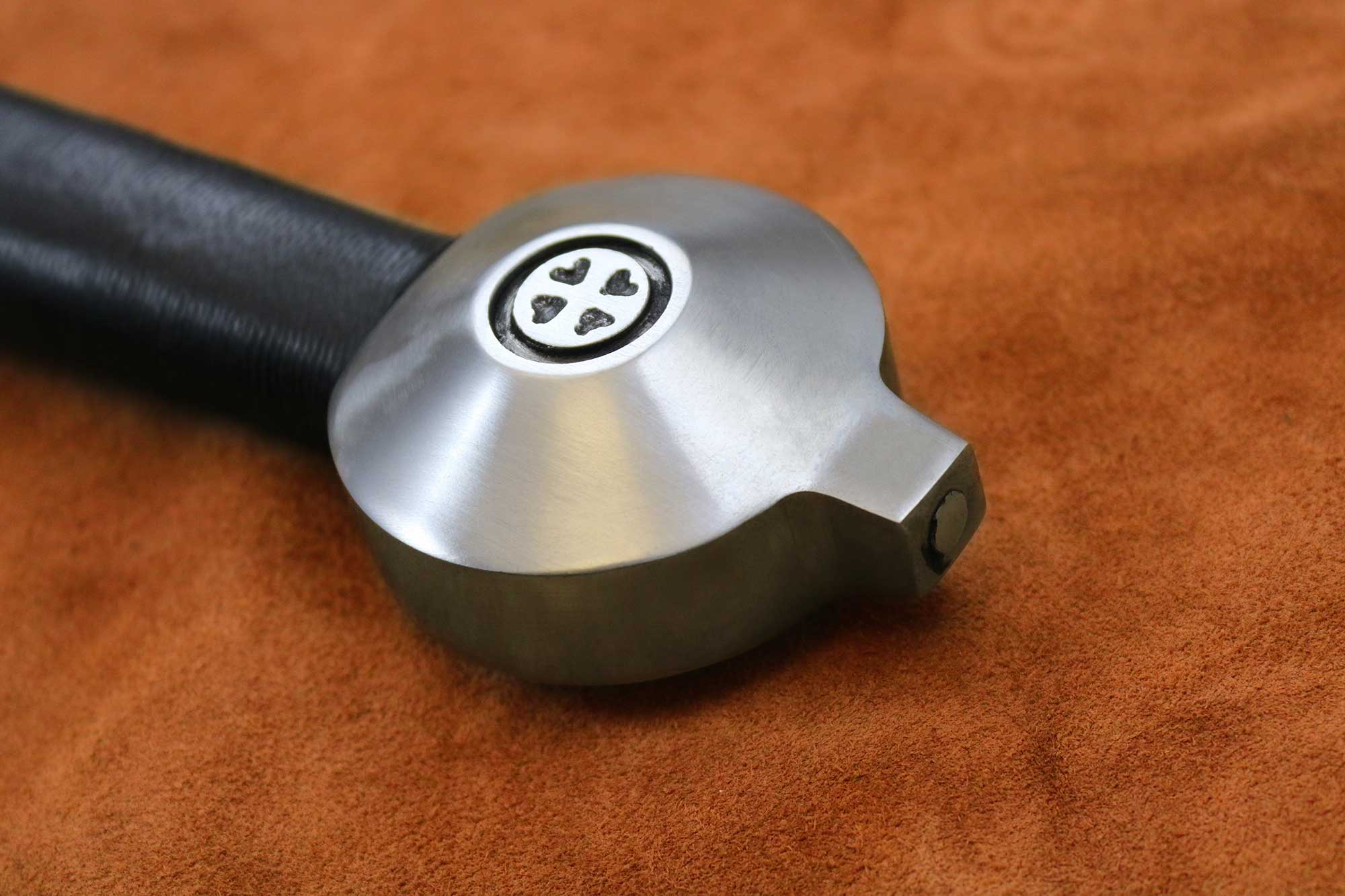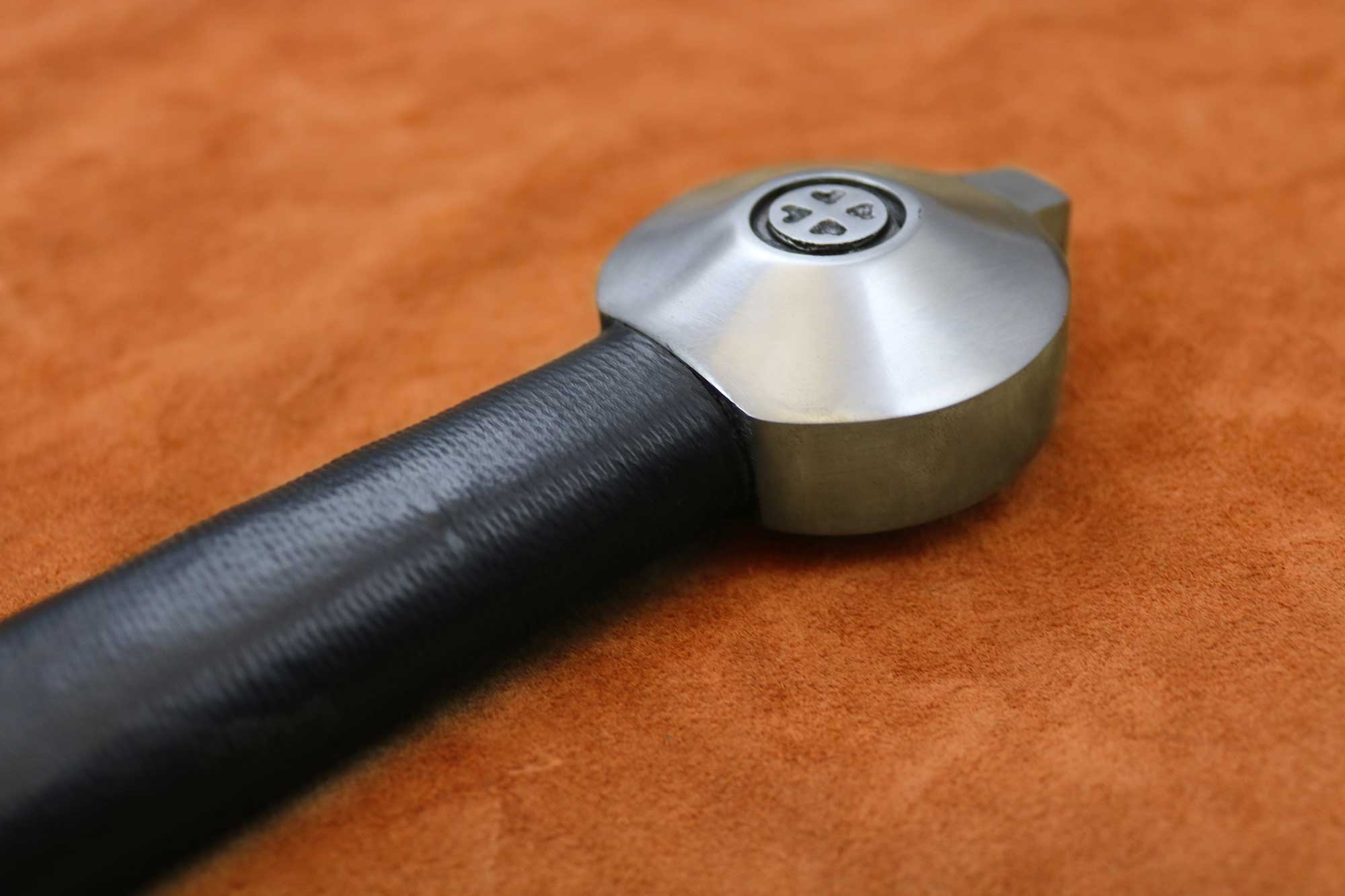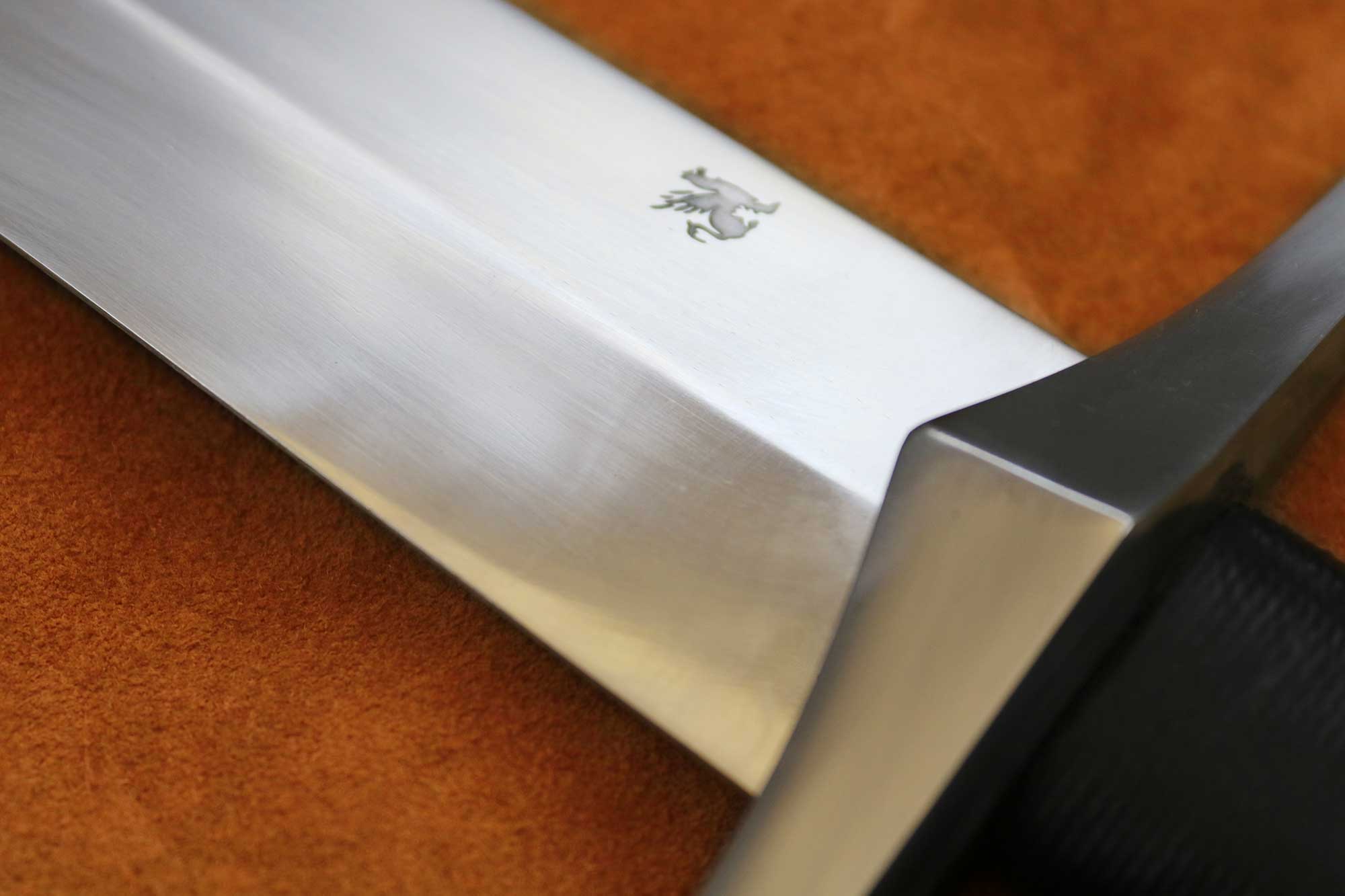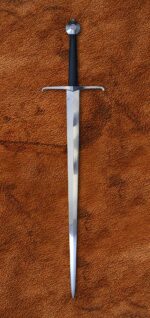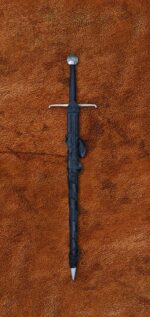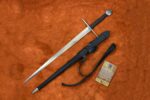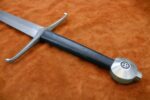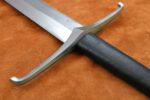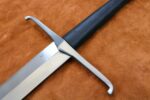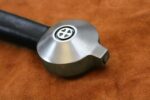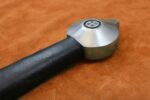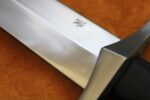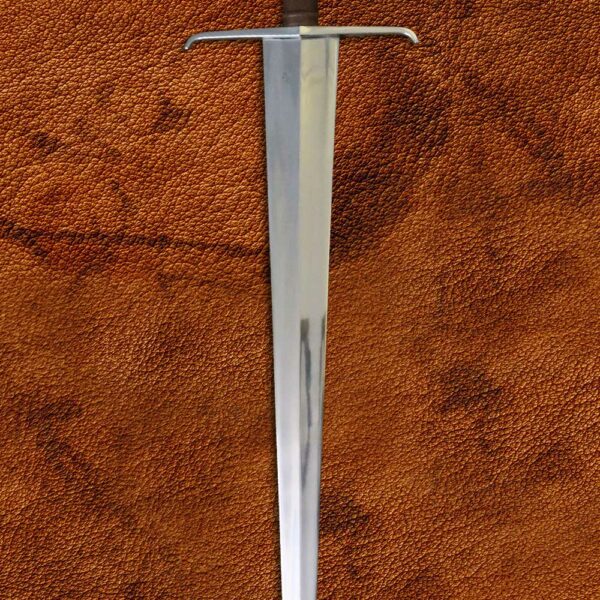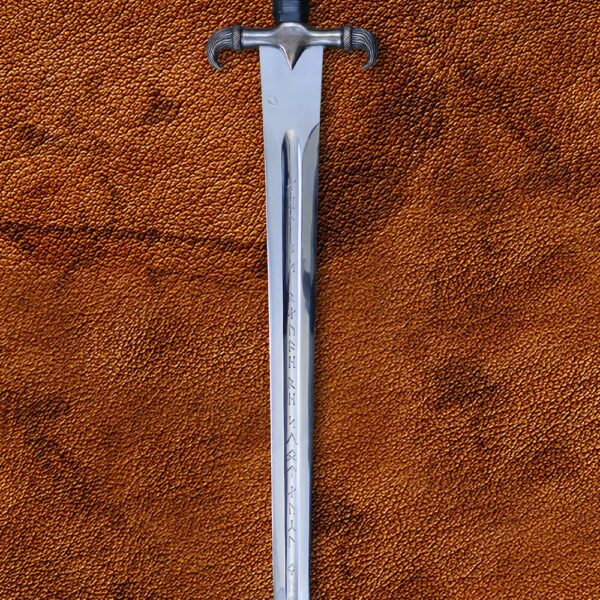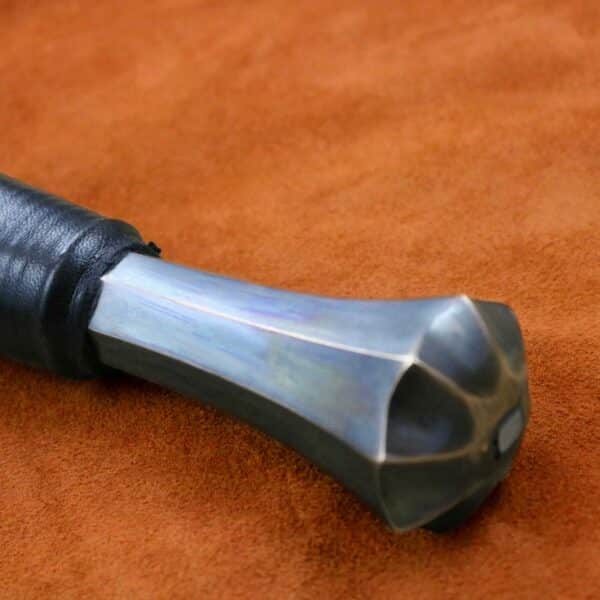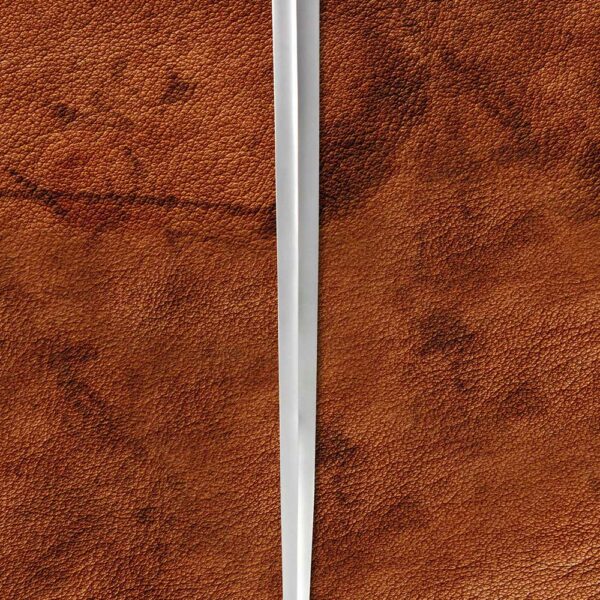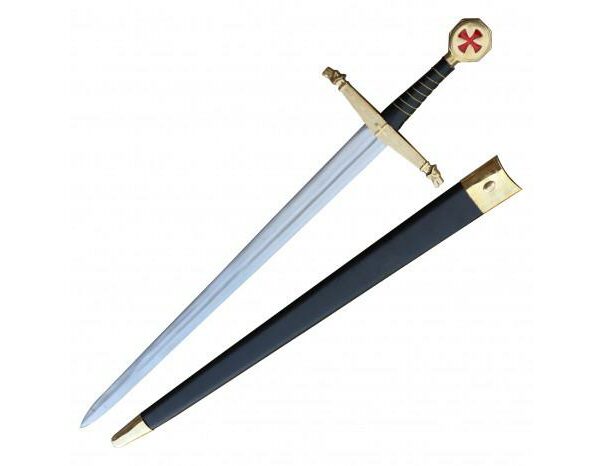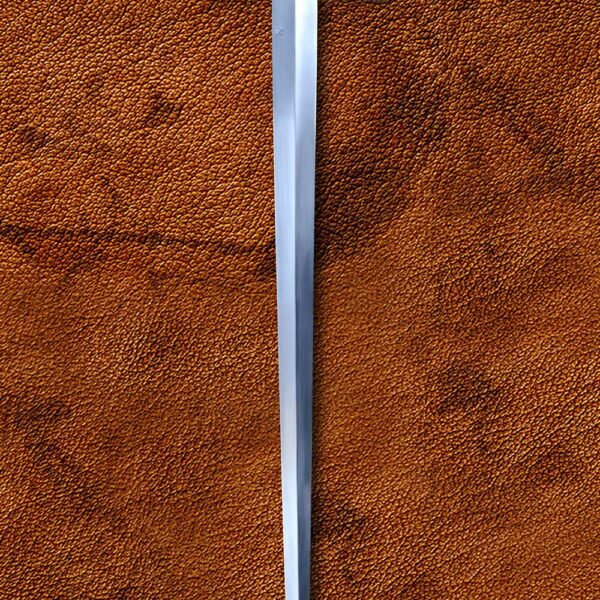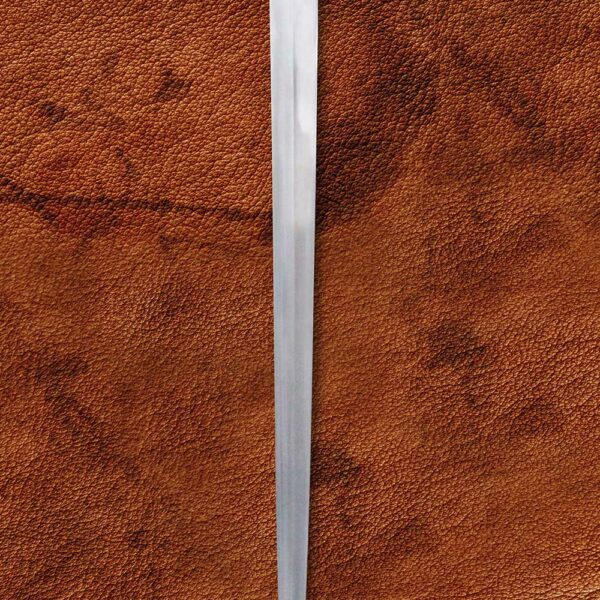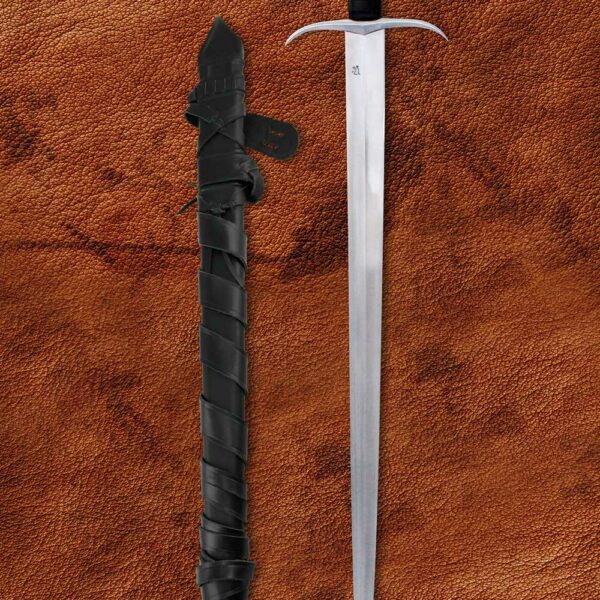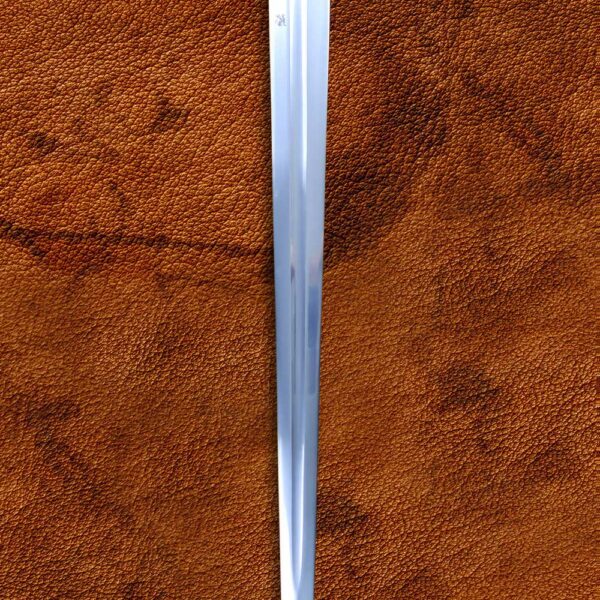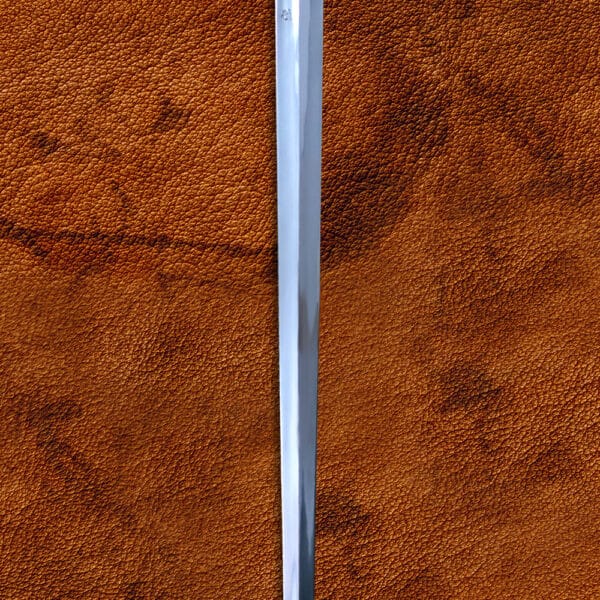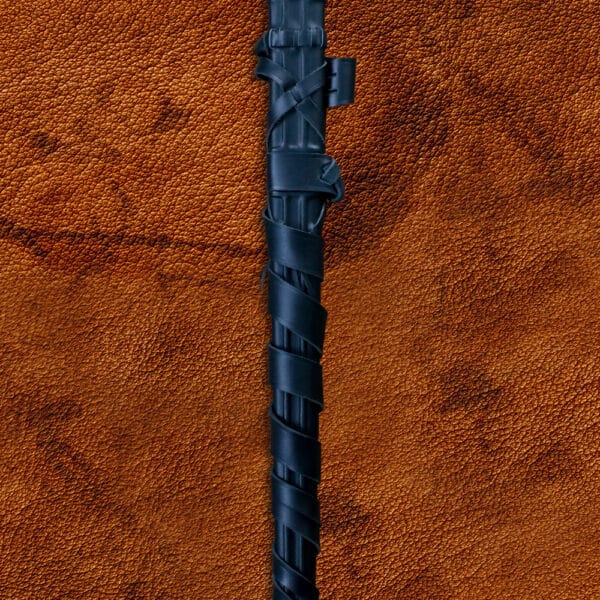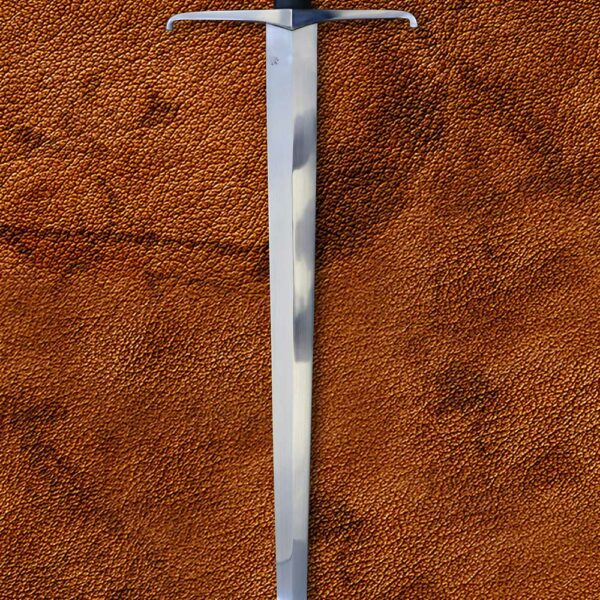(About) A Master-Crafted Sword
The sword of the Black Prince is arguably one of the most reproduced weapons in military history – and for good reason. The glorious 14th-century longsword attributed to Edward the Black Prince is a truly evocative weapon: it is stark, minimalist, and brutally effective. Darksword Armory’s expert smiths have reproduced it in its true form, having had the exclusive privilege of examining the sword itself at the Royal Armories in 2016.
A Subtly-Forged Royal Blade
The blade of our Edward The Black Prince Sword is an exact reproduction of the original. It is an Oakeshott Type XVa, characterised by a long, highly tapered blade with a diamond-shaped cross-section with no fuller. Upon examination in person, Darksword’s swordsmiths found that the Black Prince’s sword had been subtly hollow-ground to give its diamond cross-section a slight concave curve and a central ridge running the length of the blade: this reduced its weight and made the blade more agile without compromising its puncturing power. They have carefully recreated this blade geometry in the Edward The Black Prince Sword.
Whilst the original would have been made from master-forged carbon steel, Darksword have chosen dual-tempered 5160 spring steel for their reproduction’s blade. This alloy is far more resilient and advanced than anything available to medieval smiths, and is able to perform admirably in light combat and re-enactment without damage.
A Unique Hilt To Mark Out the Prince
The hilt of the Edward The Black Prince Sword reproduces the original precisely. The crossguard is iconic in shape, a wide flat guard made from mild steel, with the terminations angled downward to give better control of an opponent’s weapon. The handgrip is wet-formed leather, providing a secure surface for grip both bare-handed and in gloves. The pommel is carefully weighted to move the balance point closer to the hilt of the weapon to give it even more agility – it is of Oakeshott Type F, and is inscribed with a cross in relief. The hilt is a full-tang construction peened to the pommel: this means that it is a fully battle-ready blade.
In all, this weapon is a true marvel of historical reproduction. Darksword have received enormous praise for the weapon, being one of the lightest and easiest to wield on the market – and it would be a spectacular accompaniment for anything from a faithful 14th-century re-enactment to a medieval fantasy LARP.
(History) The Lost Sword of the Black Prince
By the 13th-century CE, plate armor was beginning to become more common, and simple slashing swords were almost entirely useless against a knight in a harness of plate. Some swords like the Scottish claymore became heavier and broader to hammer armored opponents into submission, whilst the Type XVa developed to puncture through weakpoints, like an enormous leathermaker’s awl.
Like many medieval blades attributed to individuals, the Type XVa sword we now know as ‘The Black Prince’s sword’ has a frustratingly murky history. A sword was hung over the tomb of the Prince in Canterbury Cathedral after his death in 1376, but it was apparently stolen some time during the English Civil War – legend has it (somewhat spuriously), by Cromwell himself! It reappeared “on the floor with a bundle of walking-sticks in a house-sale in 1945 or 1946”, according to medievalist Ewart Oakeshott. Oakshott painstakingly constructed a strong case that the sword was the very same funerary sword from Edward’s tomb – but sadly, nobody will ever be able to prove it conclusively. Our Edward The Black Prince Sword is likely the closest most of us will ever get to the real thing.
Technical Specifications:
- Total length: 50 inches
- Blade length: 39 inches
- Blade width: 1 ¾ inches
- Blade thickness: 1.48mm
- Blade material: 5160 carbon steel
- Blade hardness: 60 HRC at edge; 48-50 HRC at core
- Guard and pommel material: Mild steel
- Weight: 3 lbs. 2 oz.

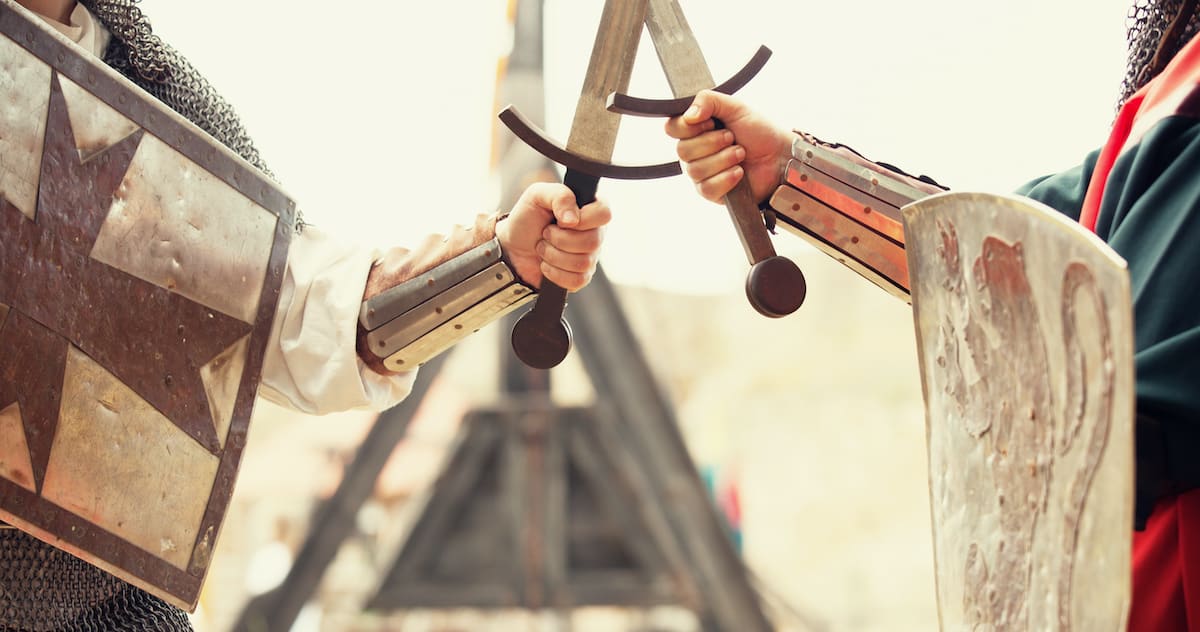 Historical Swords
Historical Swords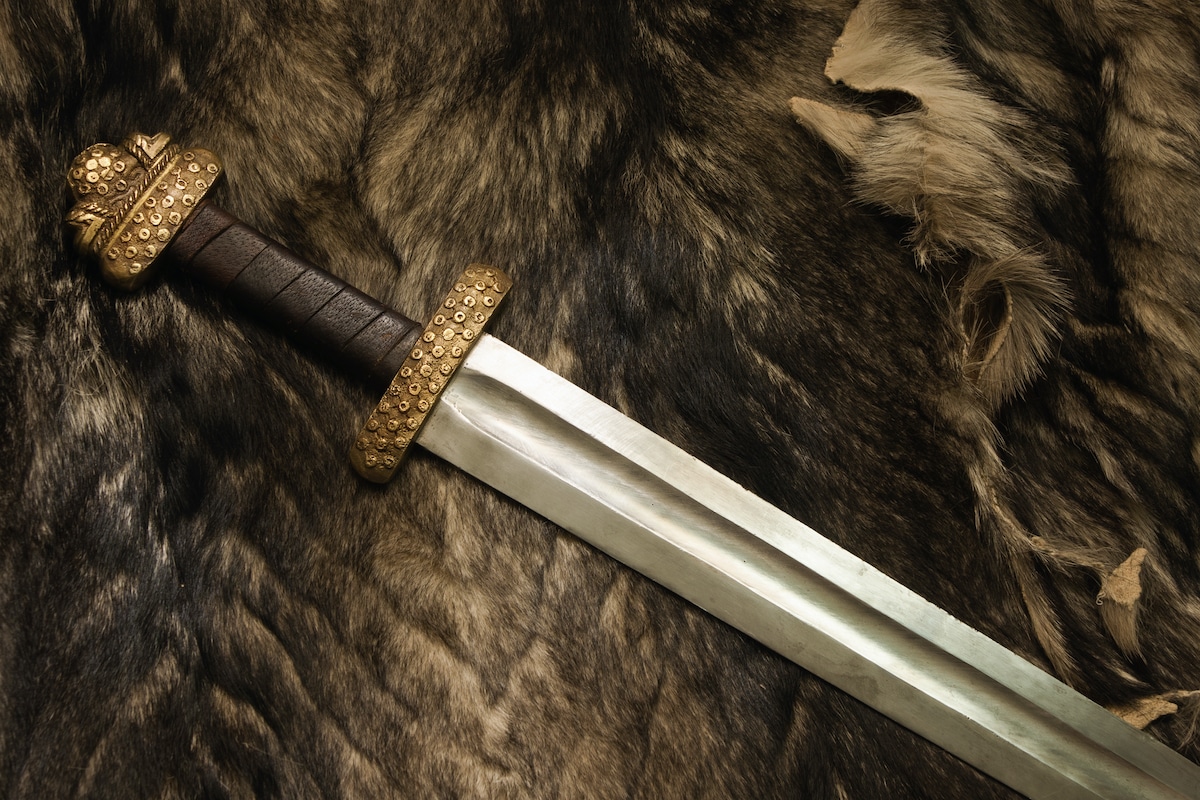 Norse & Viking Swords
Norse & Viking Swords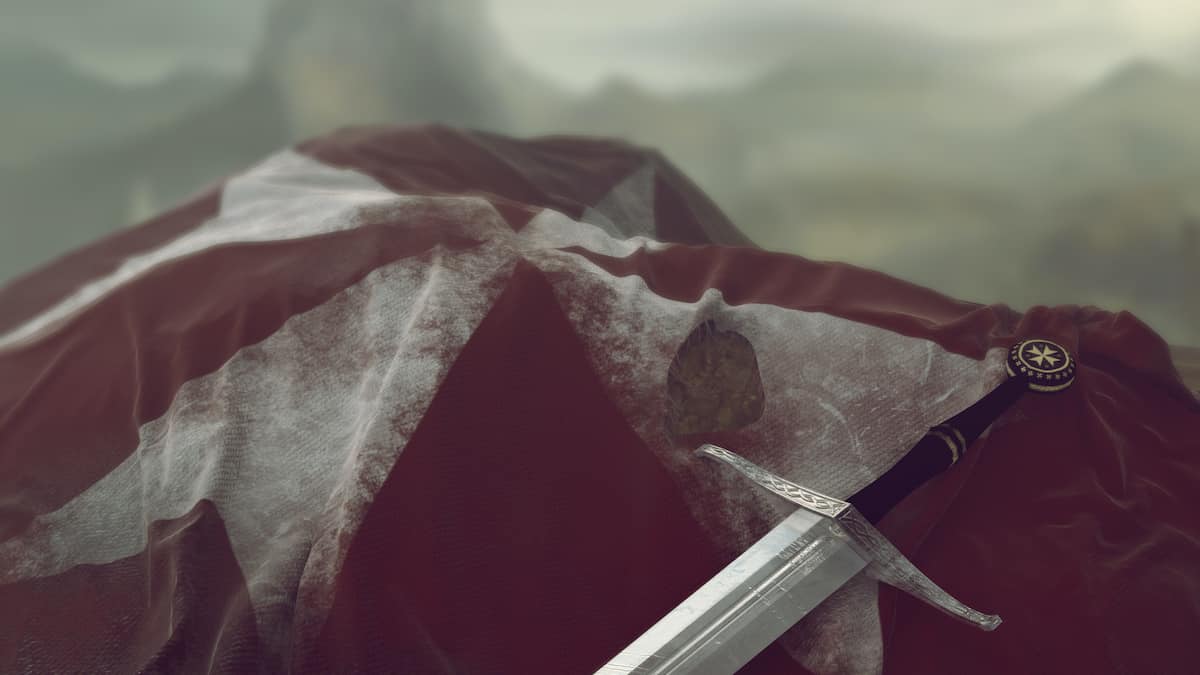 Templar Swords
Templar Swords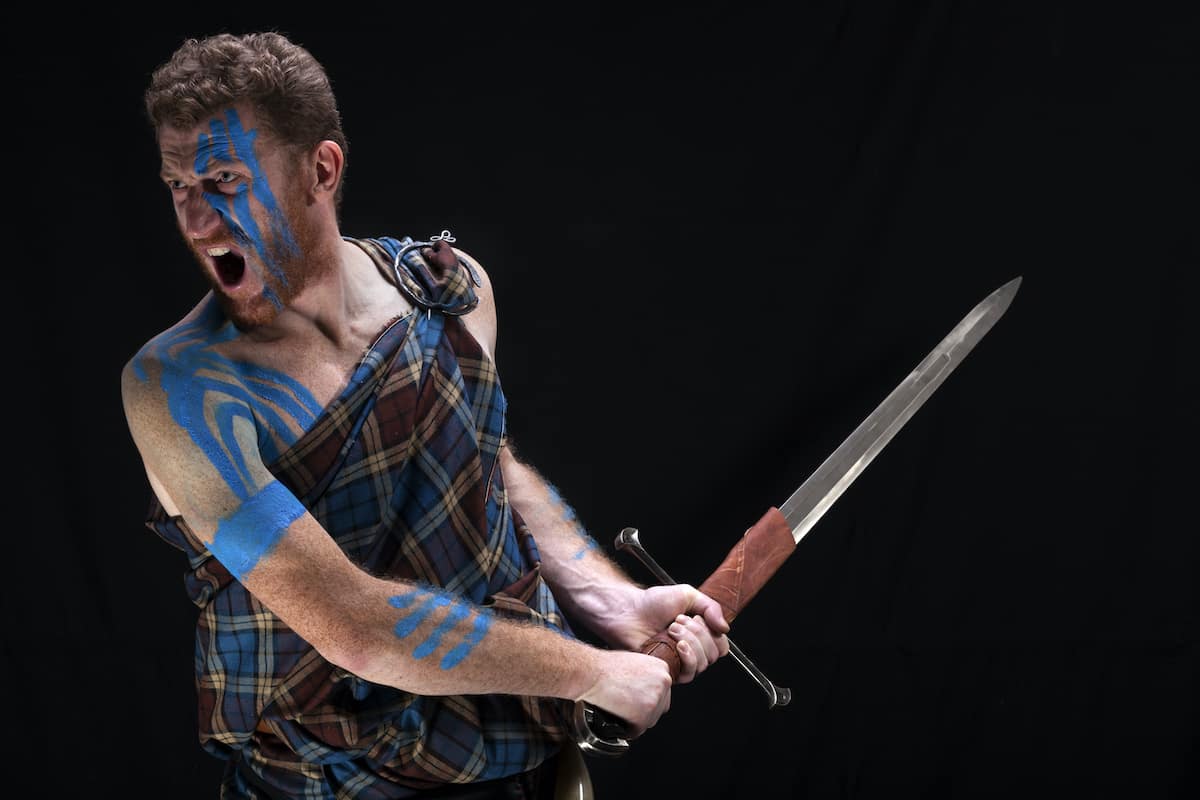 Claymore Swords
Claymore Swords Fantasy Swords
Fantasy Swords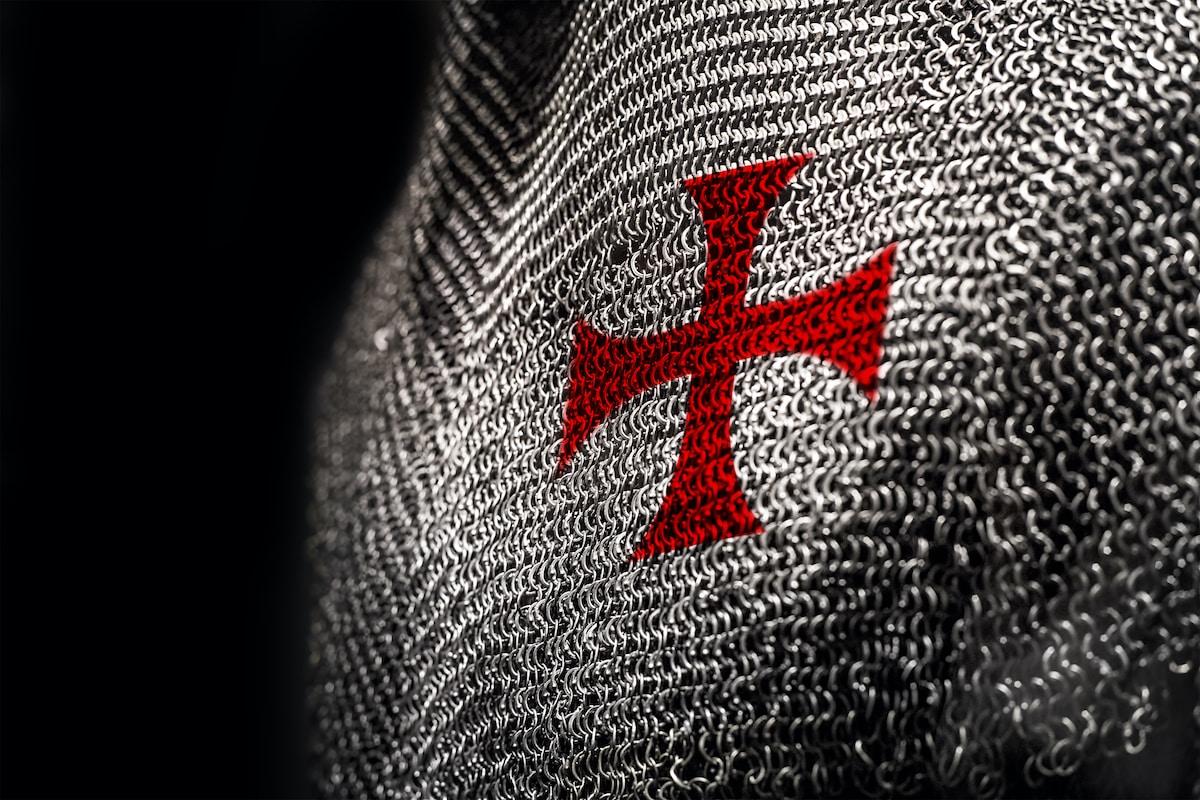 Chainmail
Chainmail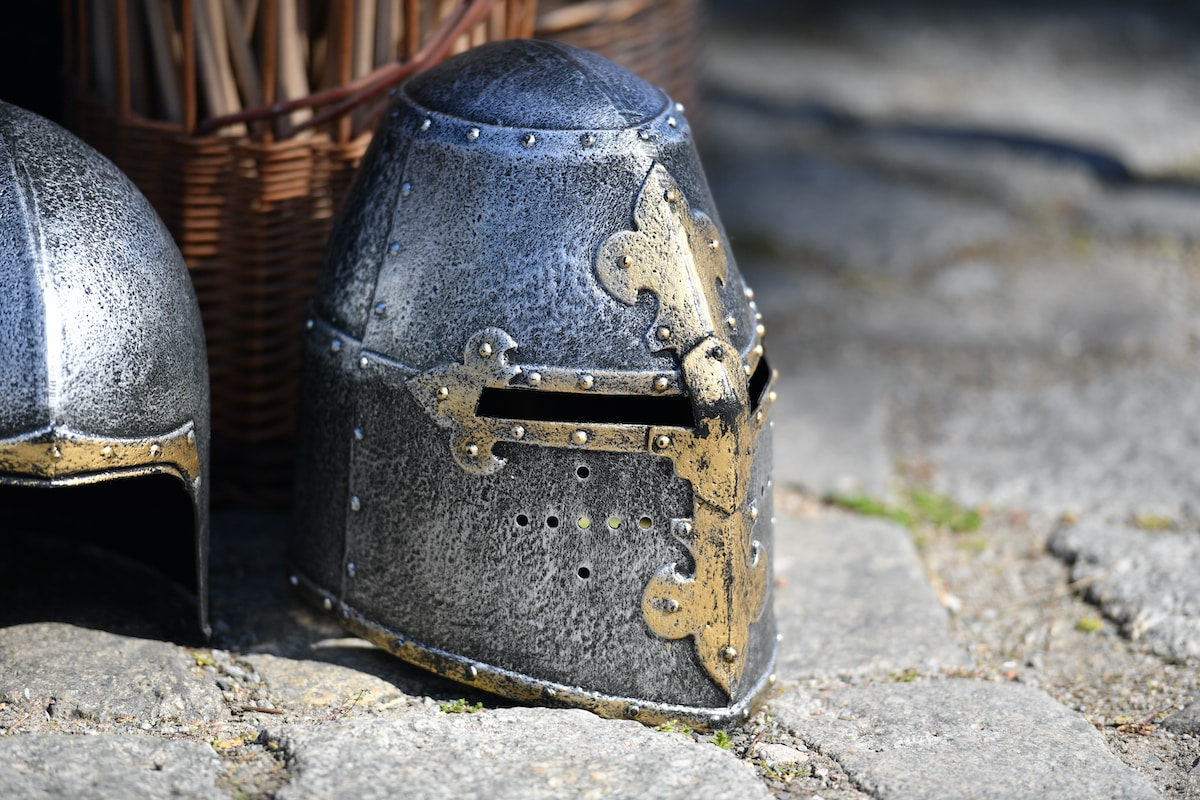 Helmets
Helmets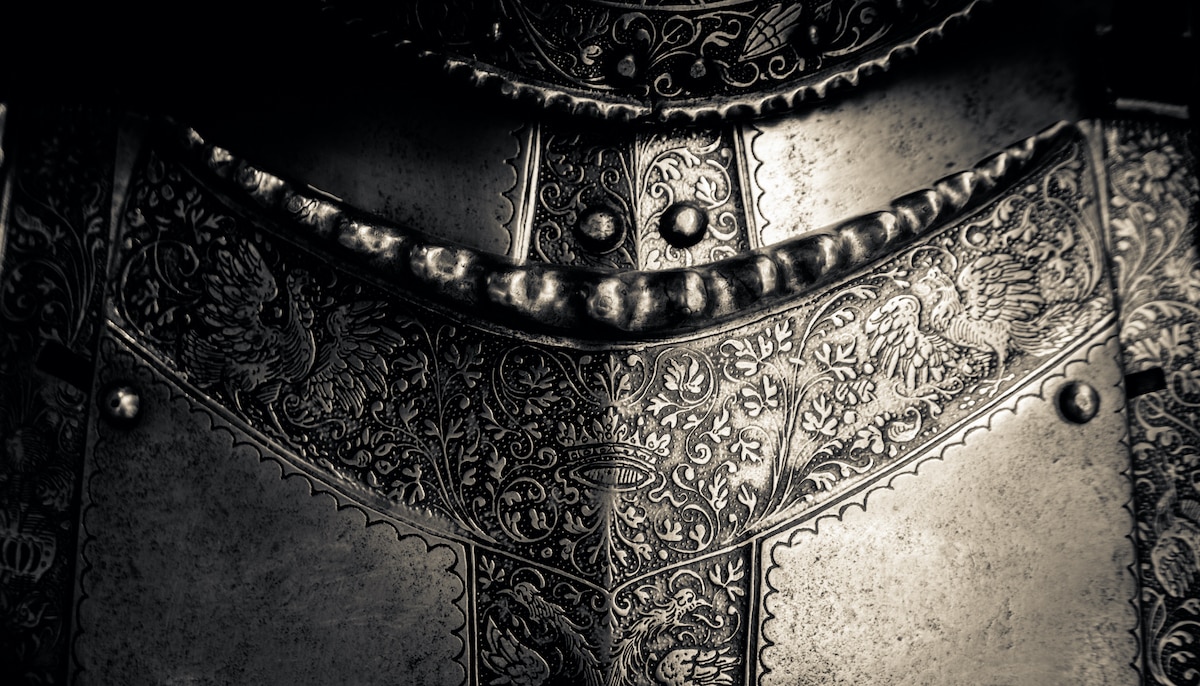 Torso Armor
Torso Armor Bracers and Arm Protection
Bracers and Arm Protection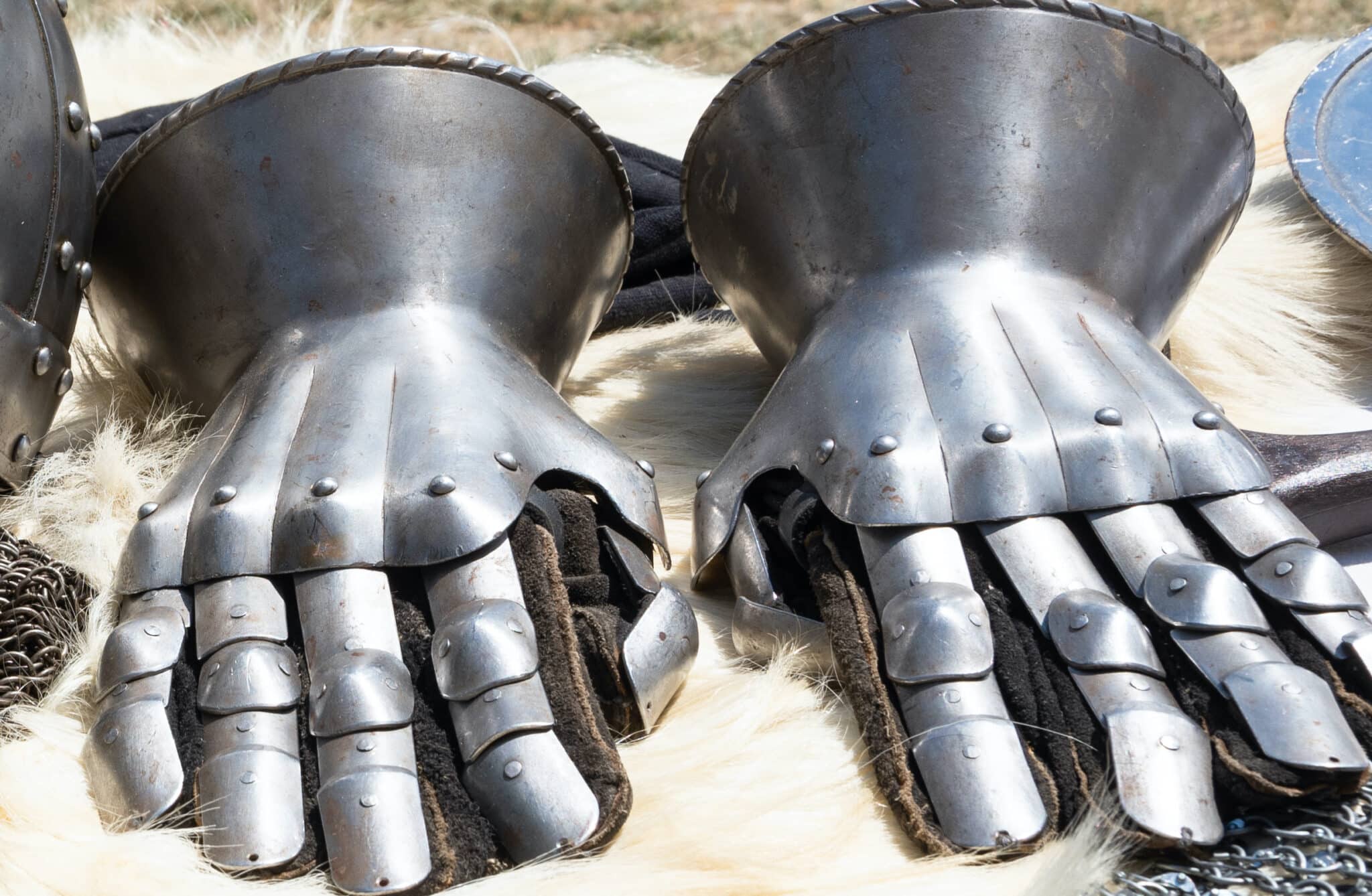 Gauntlets
Gauntlets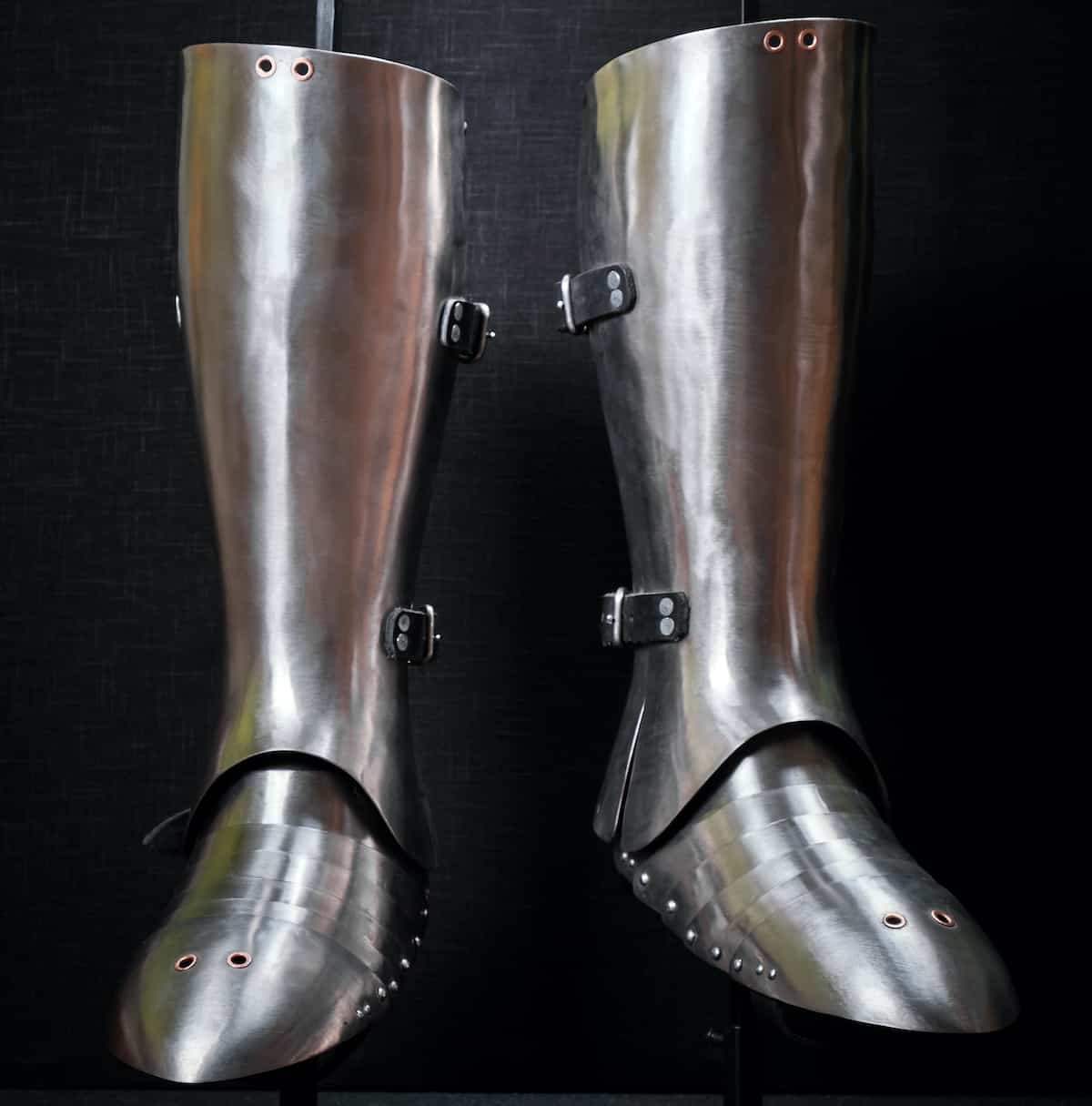 Leg Armor
Leg Armor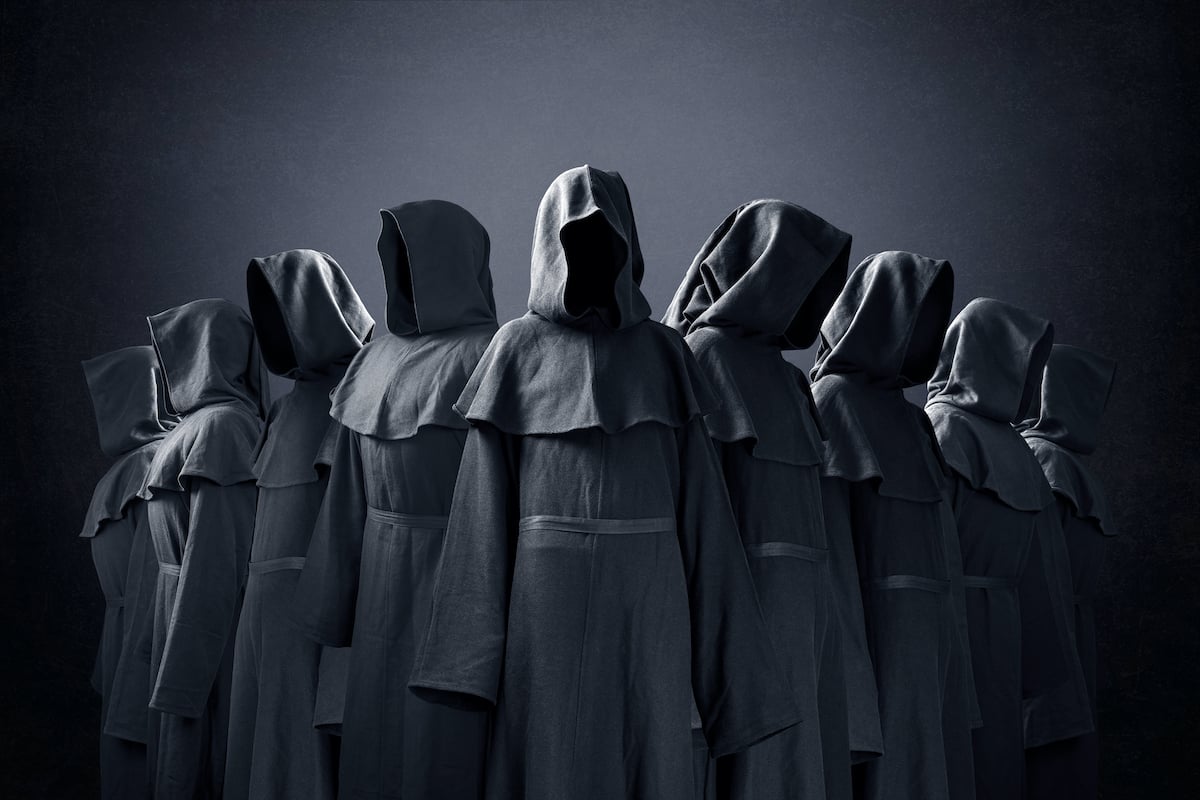 Cloaks
Cloaks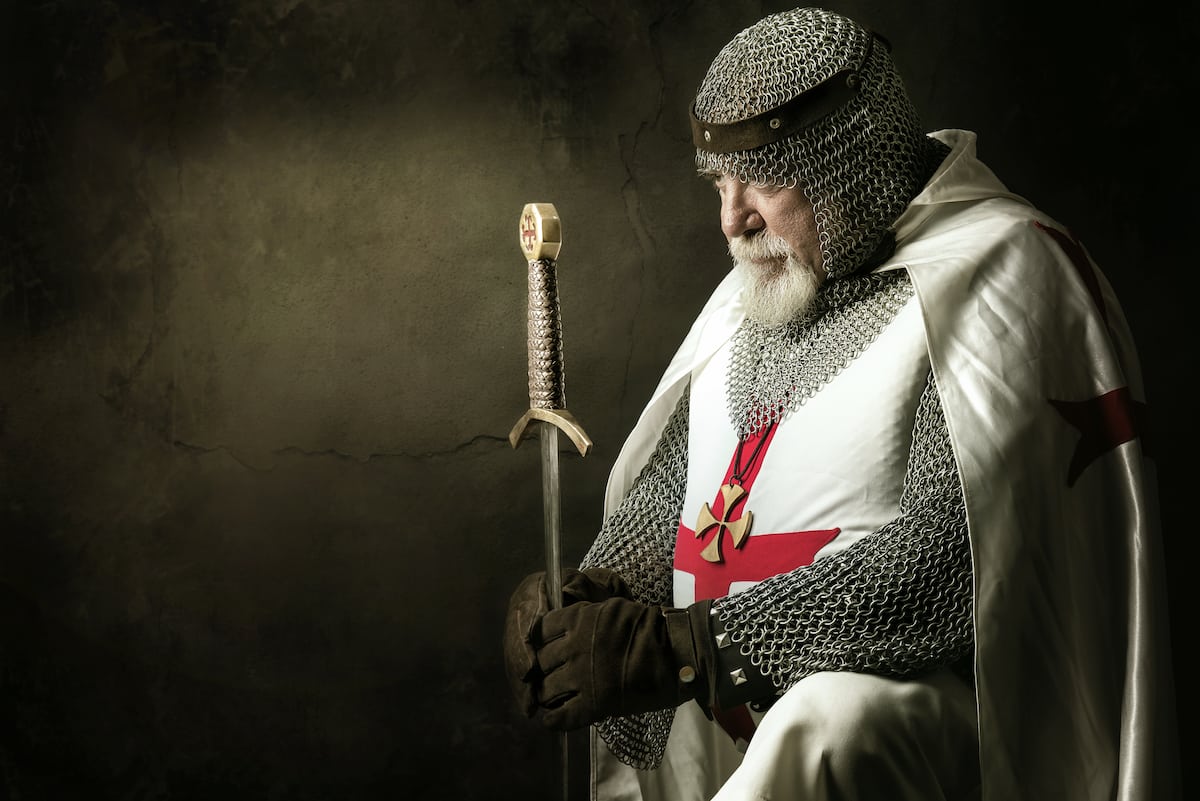 Tabards
Tabards Shirts
Shirts Tunics
Tunics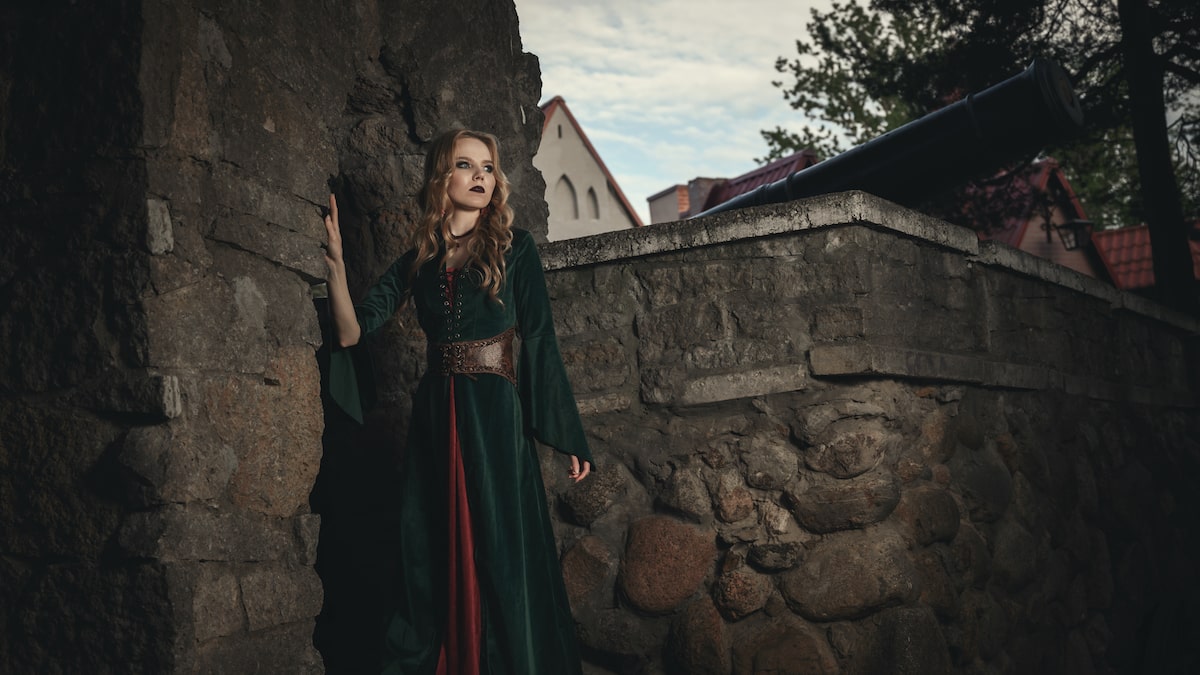 Dresses
Dresses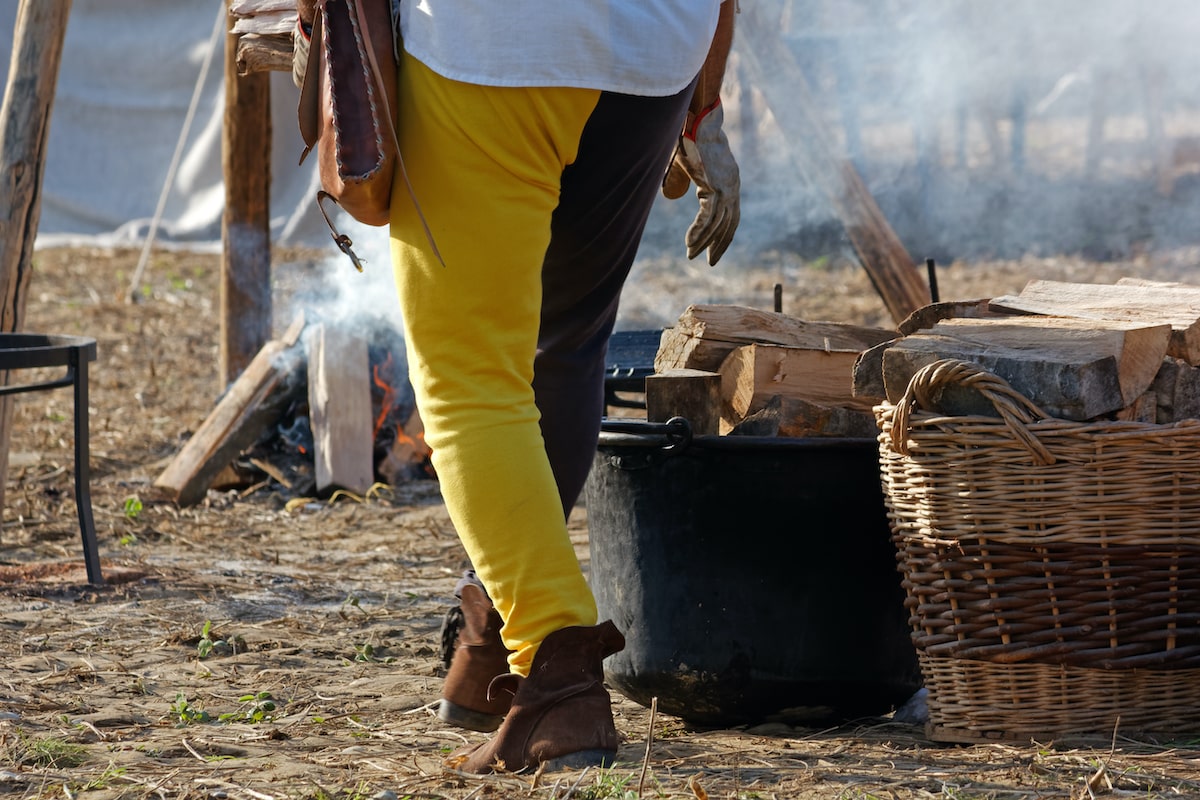 Pants
Pants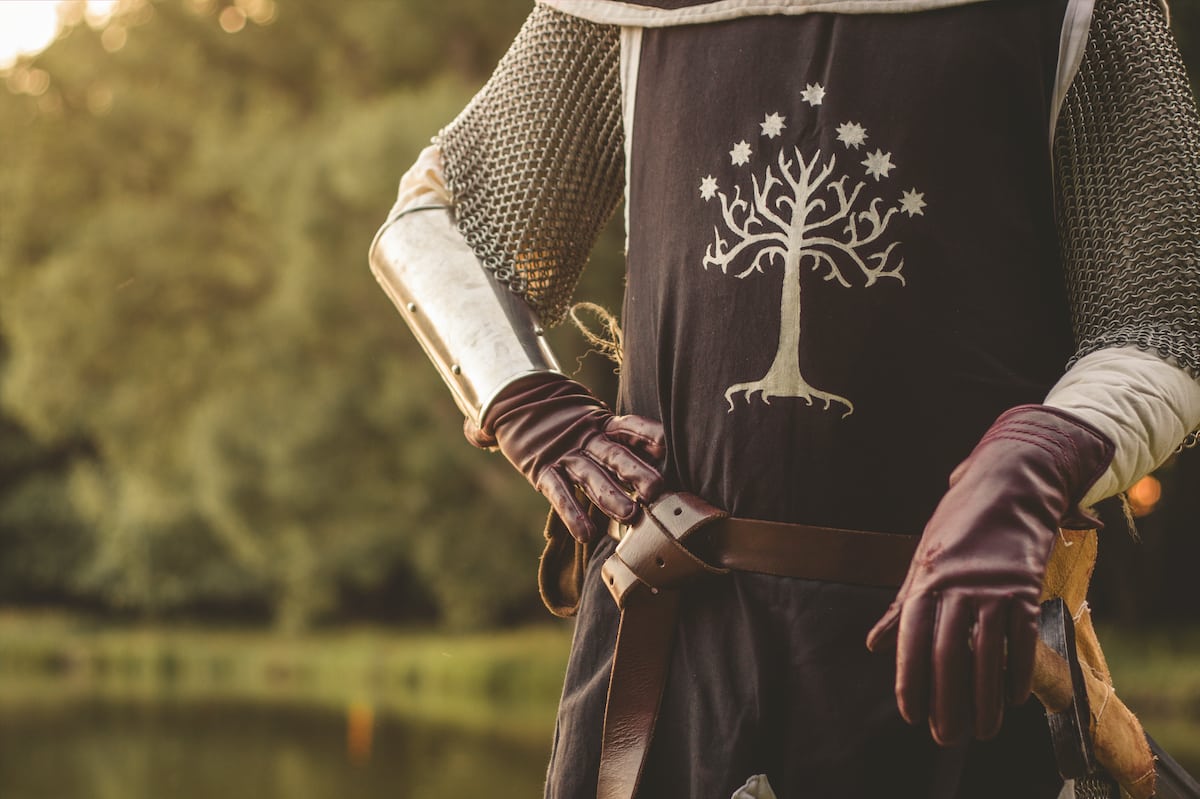 Gloves
Gloves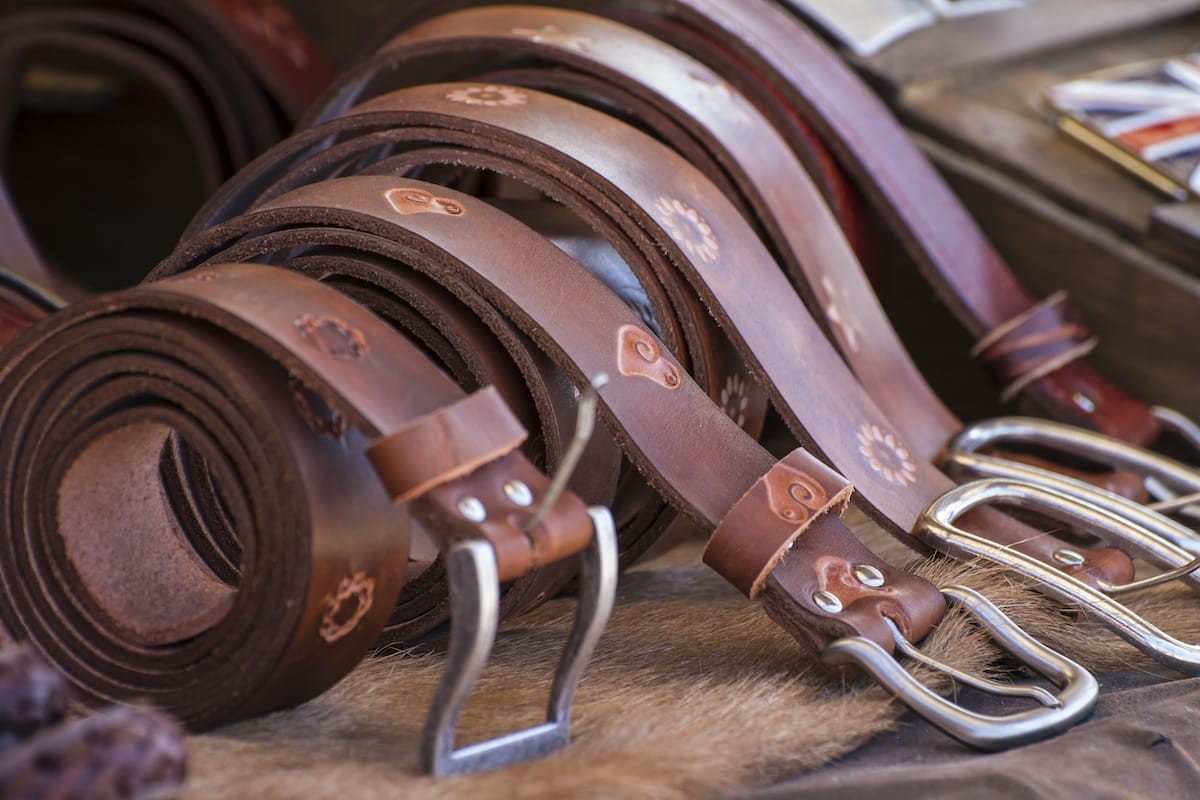 Belts
Belts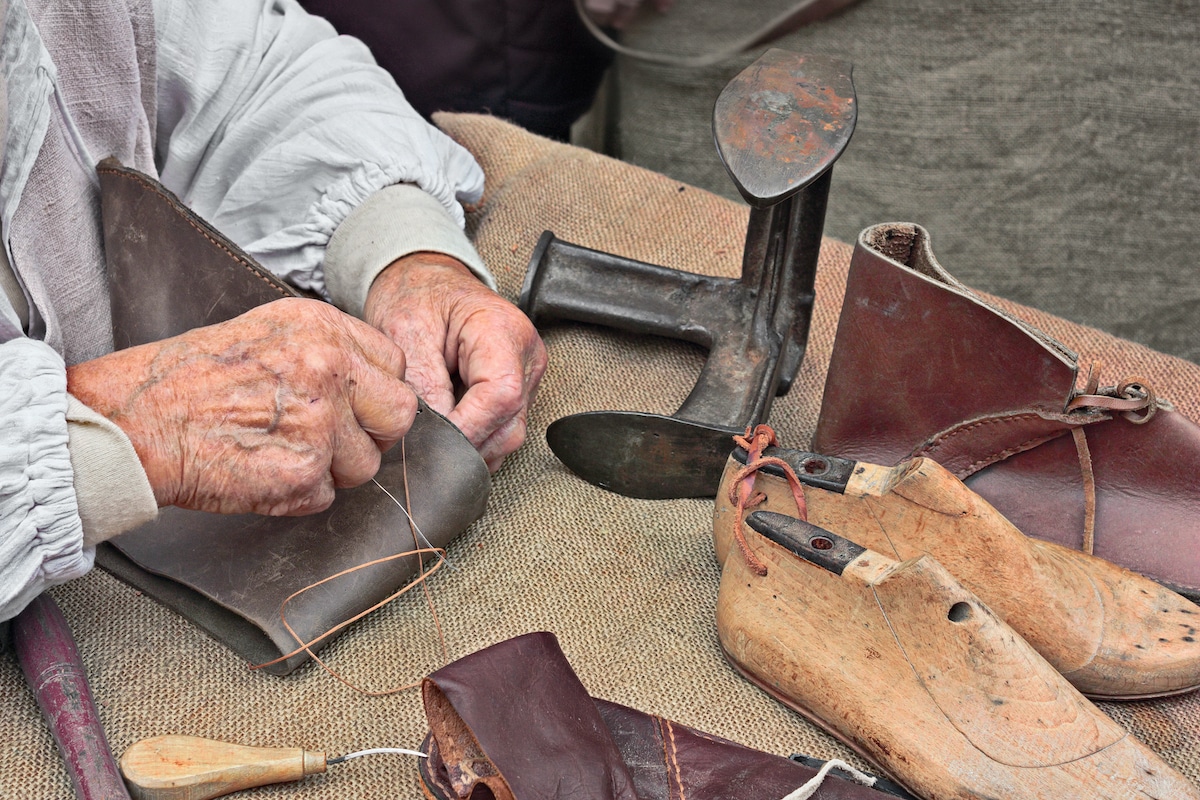 Shoes
Shoes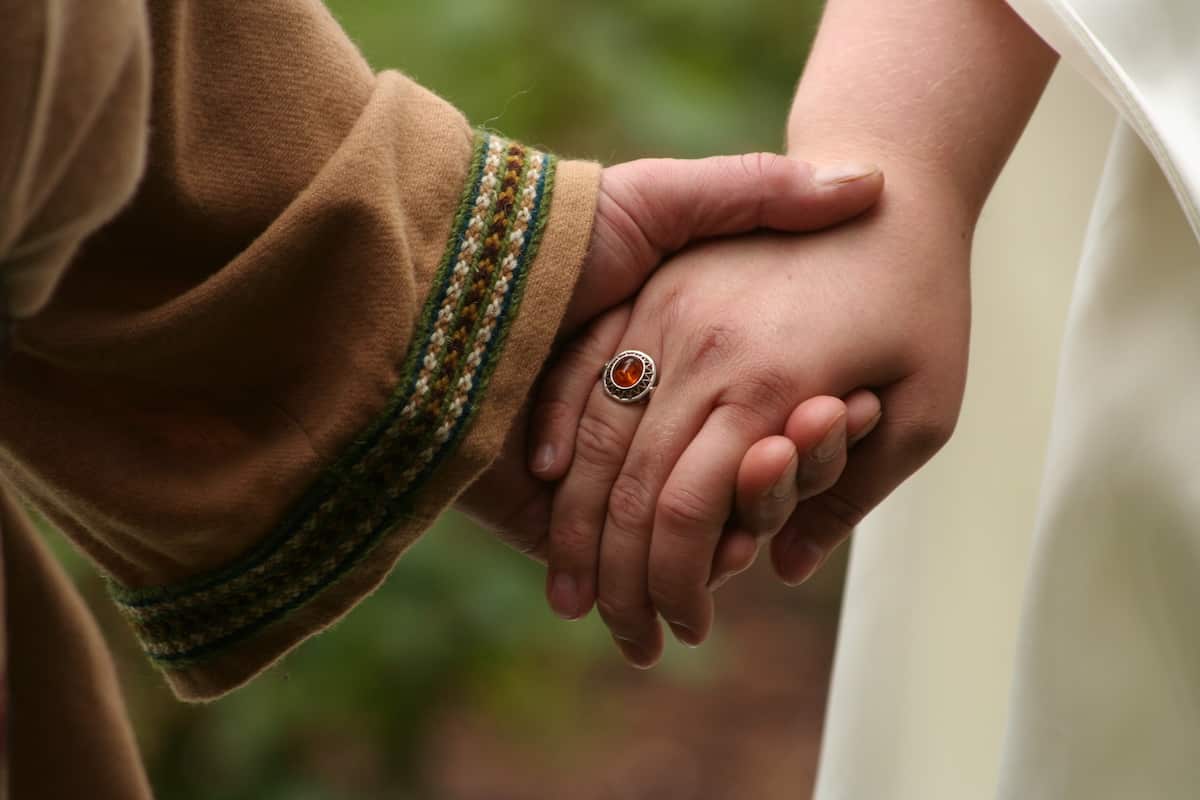 Rings
Rings Necklaces & Pendants
Necklaces & Pendants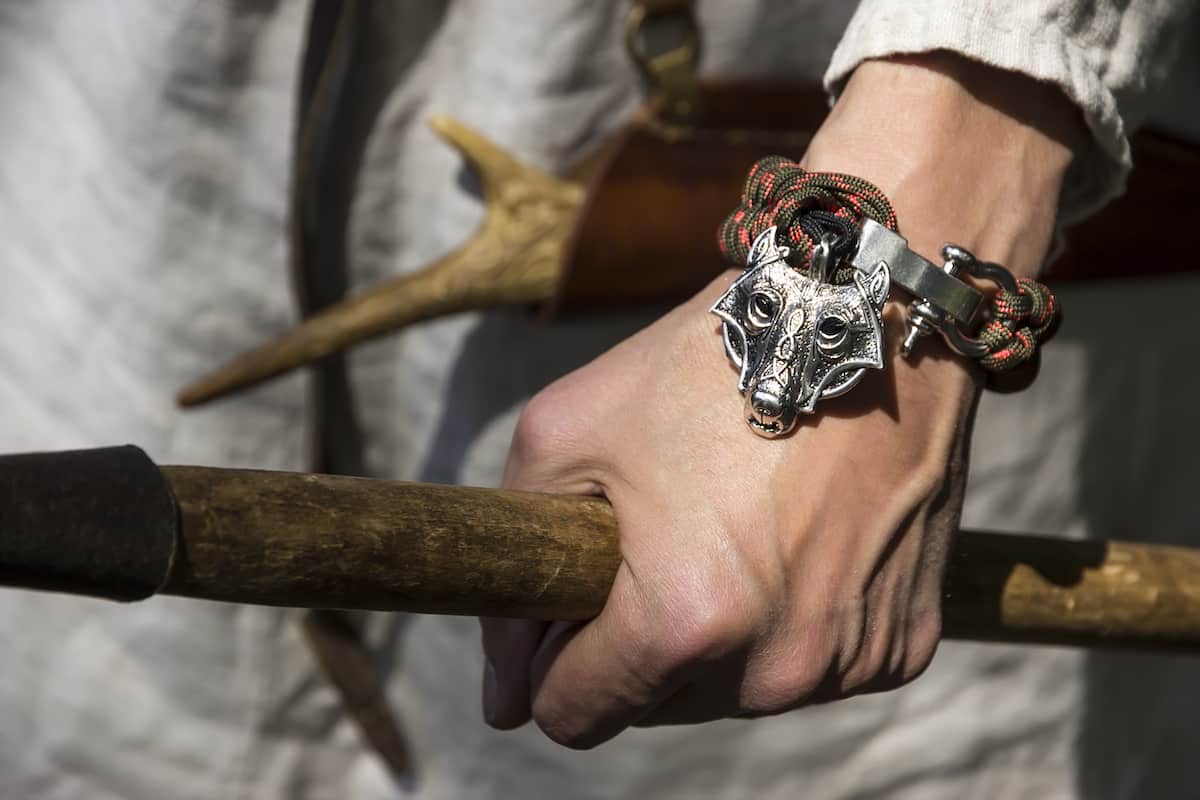 Bracelets
Bracelets